This article explores twenty innovative flooring solutions for garden and storage sheds, covering both foundational subfloors and attractive, durable finishes. You’ll learn about traditional materials like pressure-treated plywood and oriented strand board (OSB), modern alternatives such as composite deck boards and recycled plastic tiles, and high-performance options including concrete, epoxy coatings, rubber and interlocking tiles. We also delve into aesthetic finishes—vinyl planks, cork, bamboo, and carpet tiles—as well as specialized coverings like G-Floor and IKEA RUNNEN decking tiles. Each idea addresses factors like moisture resistance, ease of installation, load capacity, budget, and maintenance to help you choose the perfect shed floor for your needs.
1. Pressure-Treated Plywood Subfloor
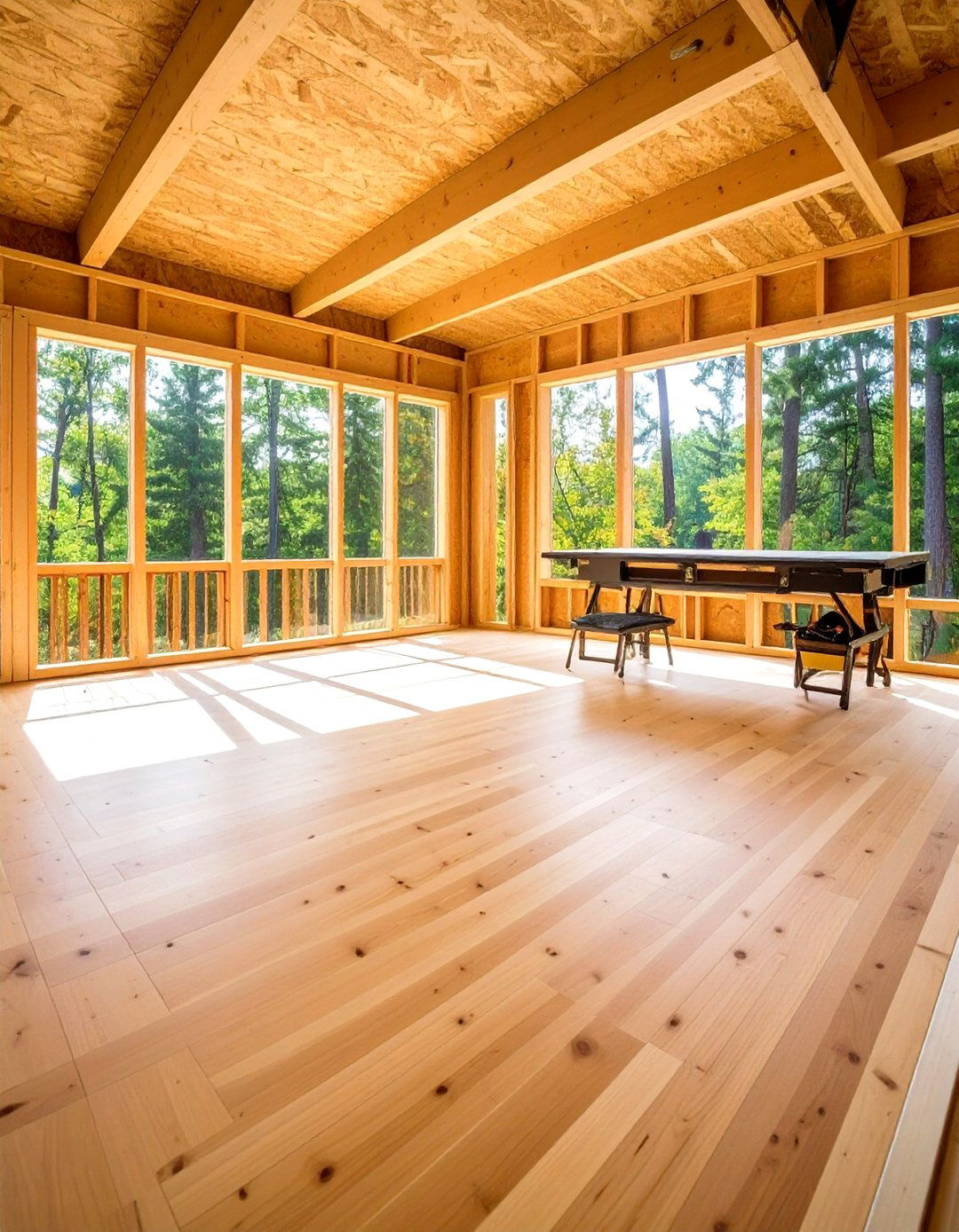
Pressure-treated plywood is the most prevalent choice for shed subfloors due to its resistance to moisture and rot. Sheets typically range from ⅝″ to ¾″ thickness, providing a sturdy, smooth surface that supports heavy loads and is easy to sweep clean. Additionally, it offers a reliable base for finished flooring materials like vinyl, carpet, or epoxy coatings.
2. Oriented Strand Board (OSB)
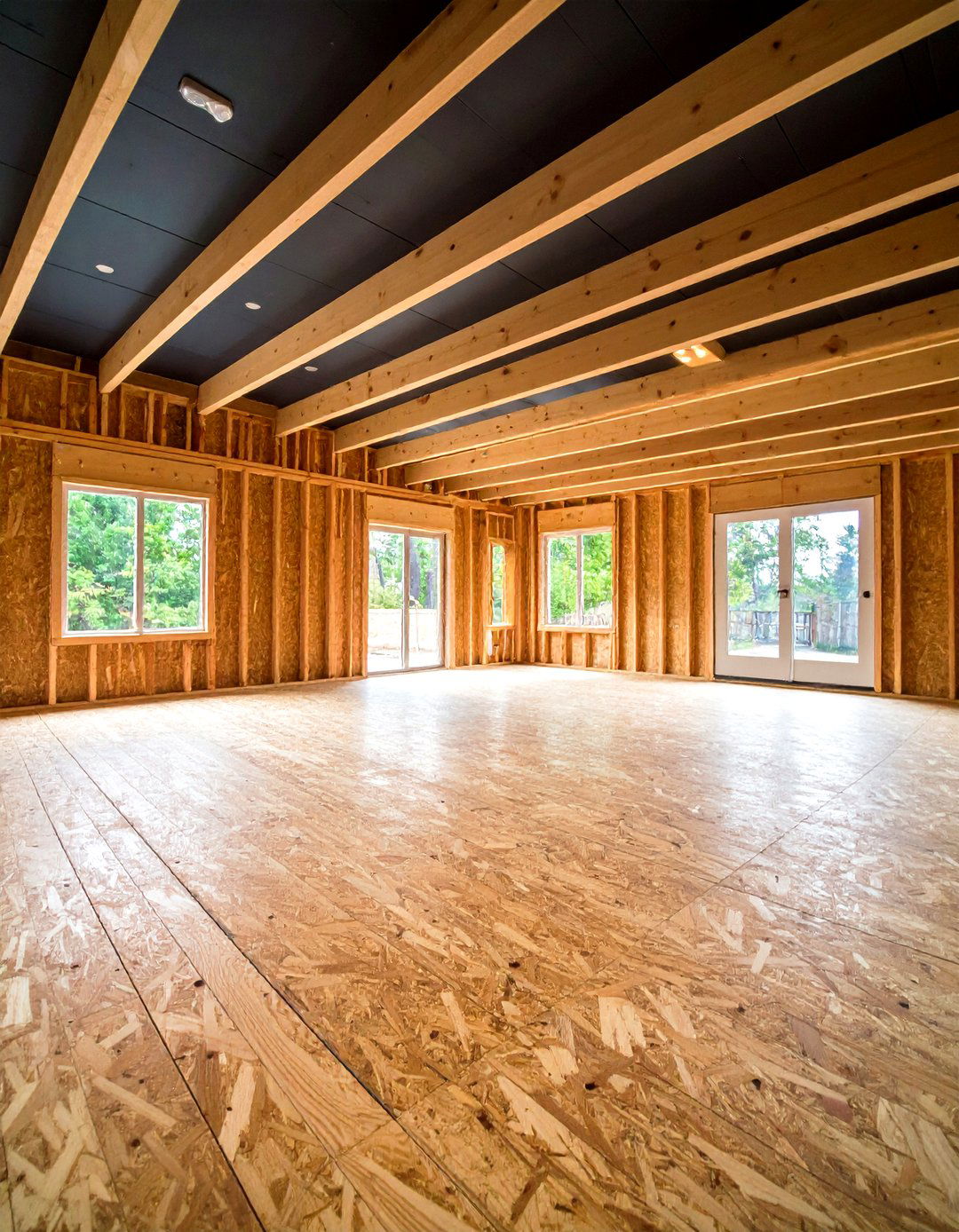
OSB presents a cost-effective alternative to plywood, crafted from compressed wood strands bonded with resin. While OSB matches plywood’s strength, it is more prone to edge swelling if exposed to moisture. Adequate sealing or placement beneath a vapor barrier can mitigate this issue, making OSB a budget-friendly subfloor option.
3. Composite Deck Boards
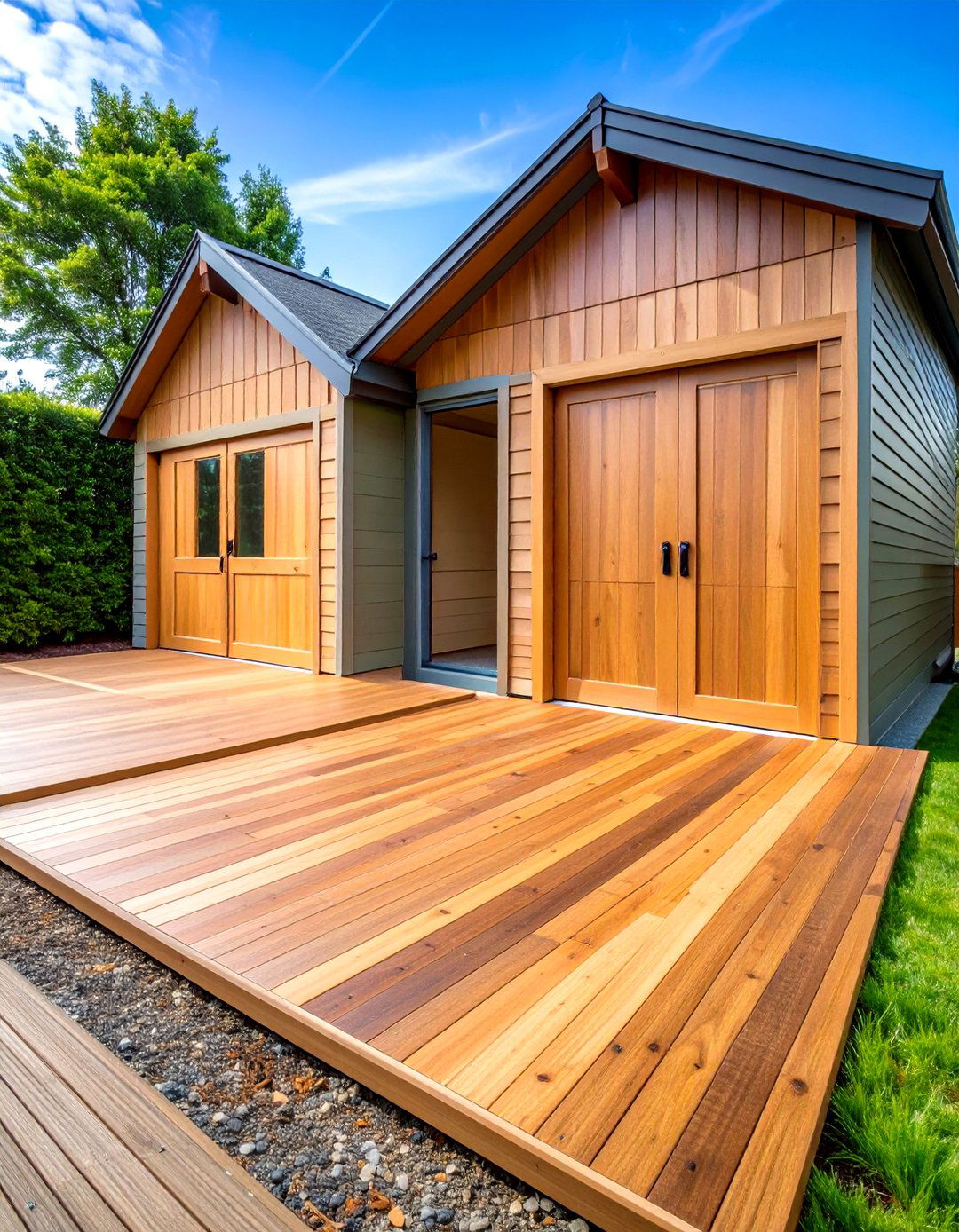
Composite deck boards—made from recycled wood fibers and plastic—offer exceptional durability and low maintenance. They resist rot, insects, and UV damage, making them ideal for sheds in humid or insect-prone environments. Installation mimics standard decking, providing both structural support and a finished look without additional covering.
4. Concrete Slab Base
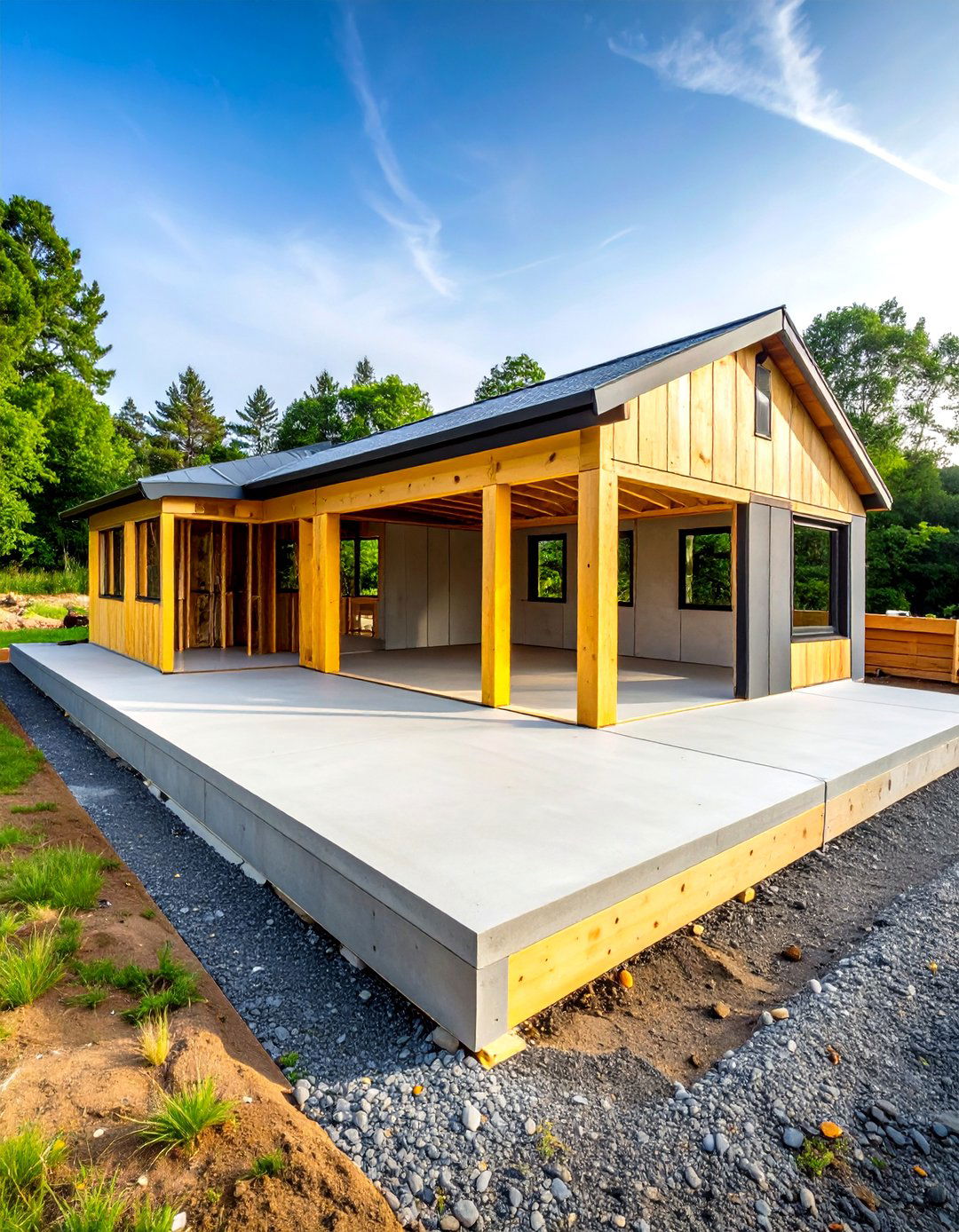
A poured concrete slab serves as a permanent, level foundation for heavy equipment storage or workshop sheds. Concrete offers unmatched load-bearing capacity and low maintenance, though it requires professional installation, site preparation, and consideration of frost depth in colder climates.
5. Painted or Stained Concrete
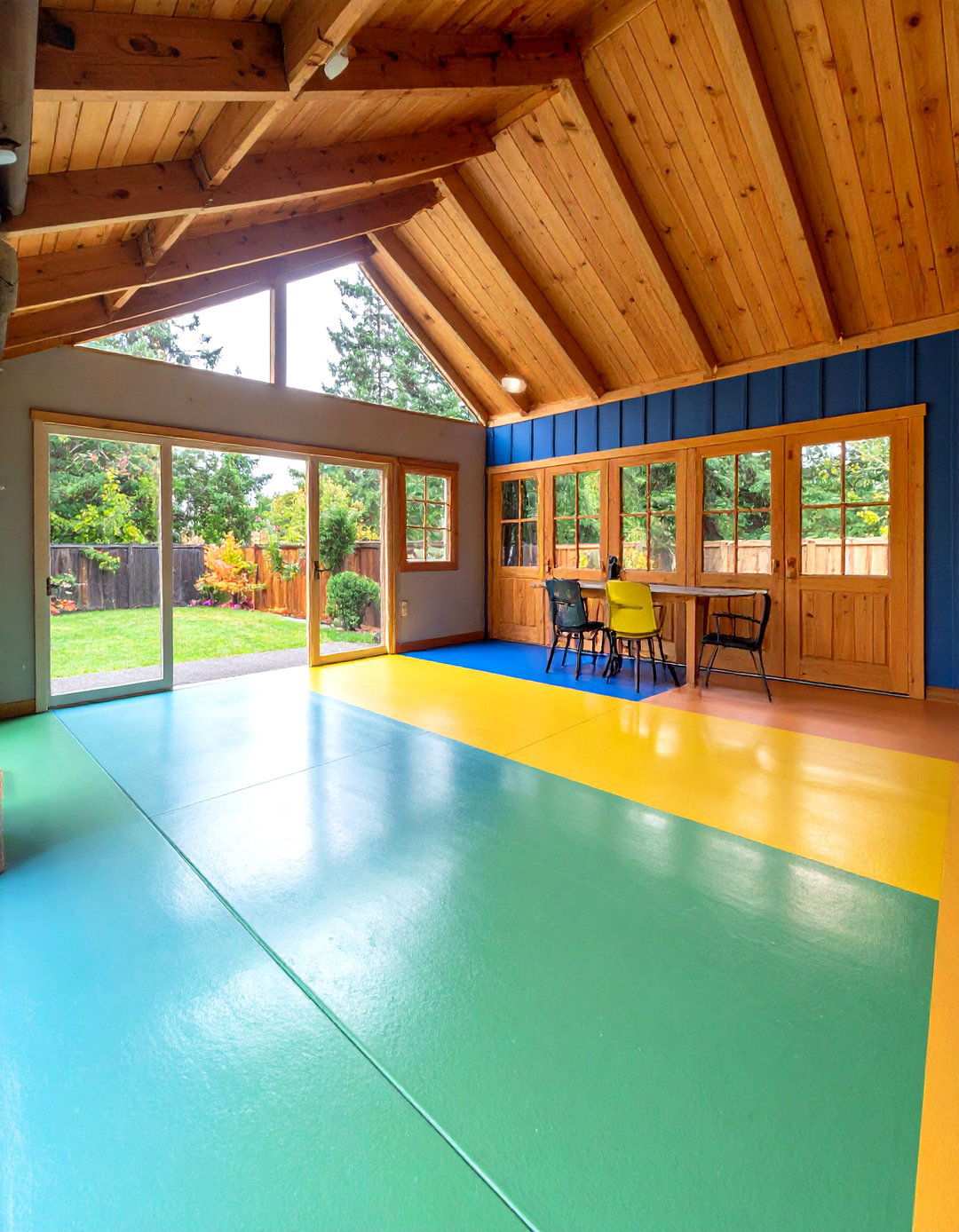
Enhance a concrete floor with specialty concrete paint or stain to improve aesthetics and surface protection. Concrete coatings resist UV light, chips, and scratches, while offering a sleek, customizable finish. Though the initial material cost is higher, painted concrete provides a durable, easy-clean surface ideal for hobby or work sheds.
6. Vinyl Plank Flooring

Vinyl plank flooring replicates hardwood or stone with waterproof, stain-resistant planks that click together over a subfloor. Its affordability, quick installation, and wide design variety make it a popular choice for hobby rooms or potting sheds where aesthetics matter alongside functionality.
7. Interlocking Rubber Tiles
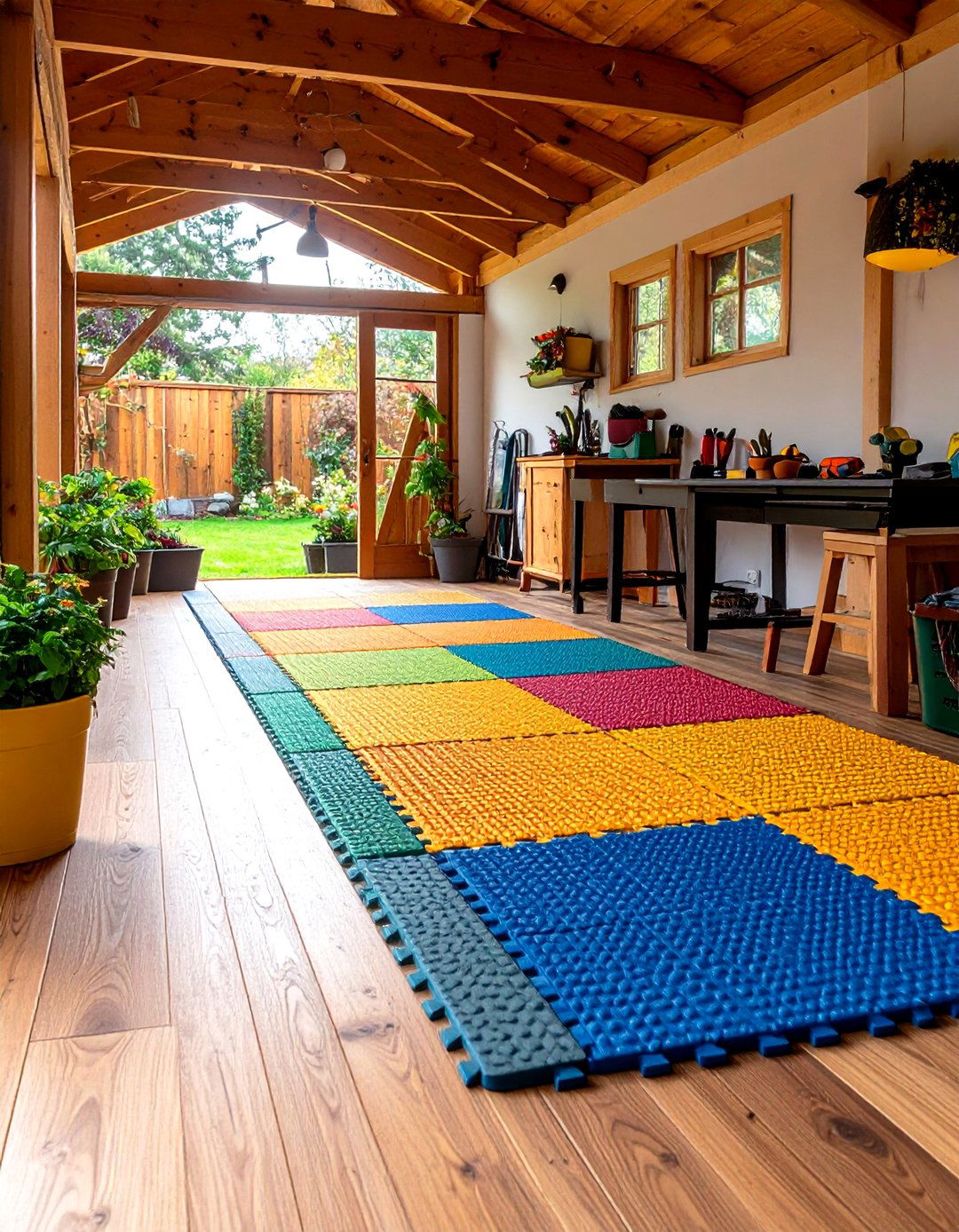
Rubber interlocking tiles snap together over existing floors to create a cushioned, slip-resistant surface. Originally designed for gyms, these tiles handle heavy loads and spillages with minimal maintenance. They’re ideal for workshop sheds, reducing fatigue when standing for long periods.
8. Epoxy Floor Coatings
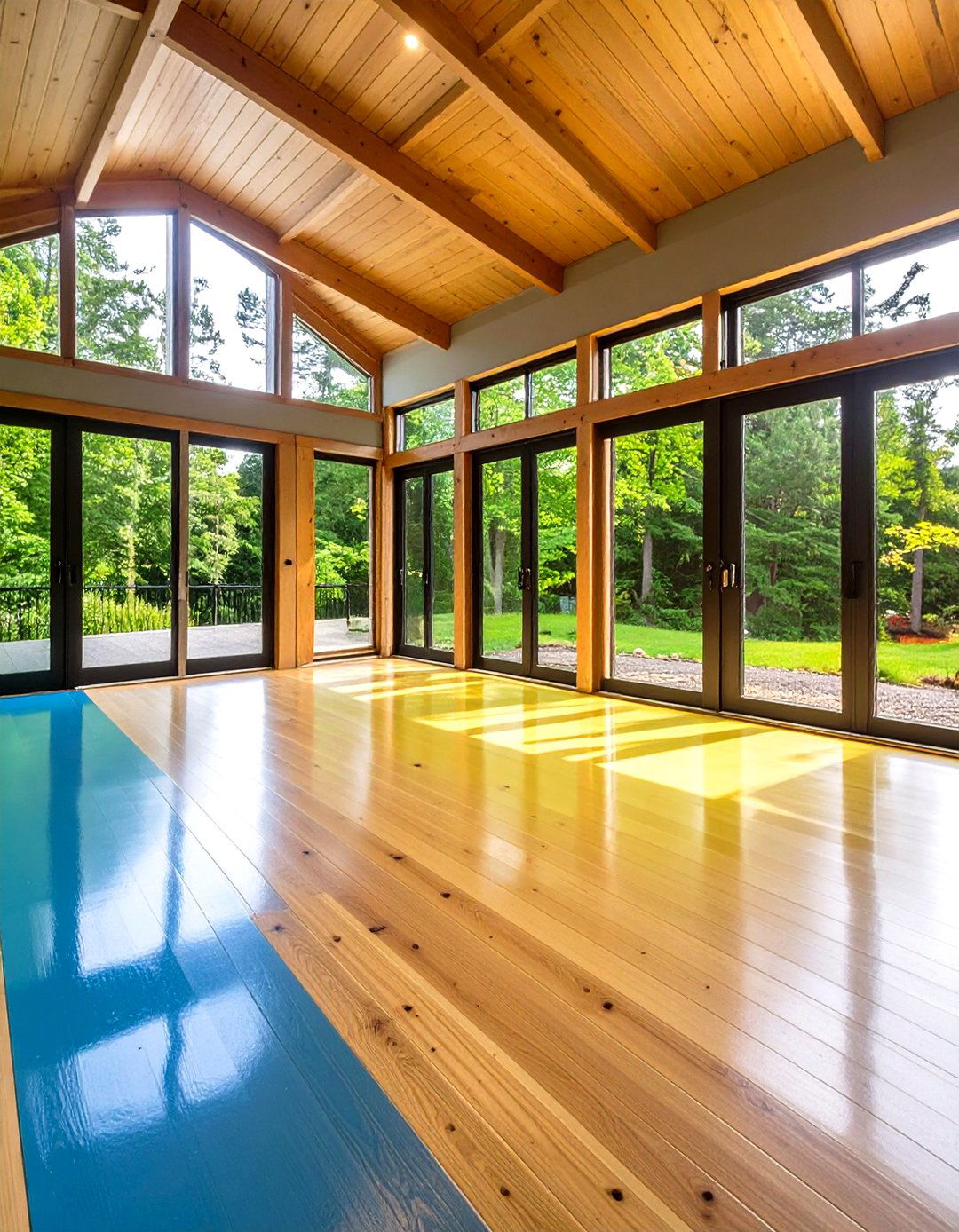
Epoxy coatings form a seamless, chemical-resistant layer over concrete or plywood, perfect for workshop and garage-style sheds. Epoxy floors repel oil, solvents, and moisture, while offering customizable colors and high gloss. Proper surface preparation and professional application ensure long-lasting performance.
9. Cork Flooring
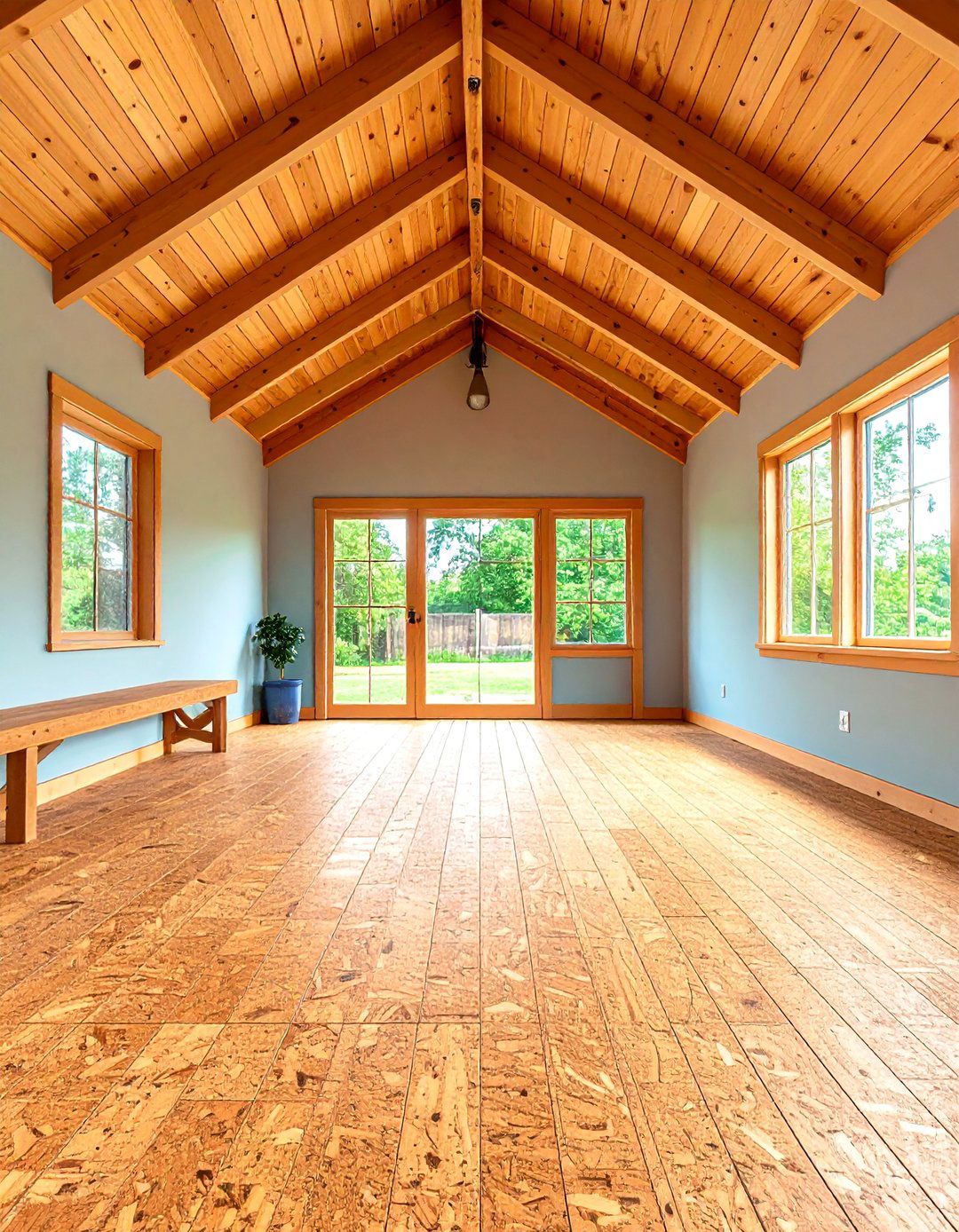
Cork tiles provide an eco-friendly, insulating, and softly cushioned floor that reduces noise and fatigue. Water-resistant sealants protect cork from spills, making it suitable for craft rooms or she-sheds. Though softer than some surfaces, cork’s warmth and comfort are unmatched in living-style sheds.
10. Carpet Tiles

Modular carpet tiles install easily over a flat subfloor, adding warmth and sound insulation. Spill-resistant options and replaceable tiles make carpet practical for home-office sheds or playrooms. Choose low-pile, commercial-grade tiles for durability and ease of cleaning.
11. Interlocking Plastic Tiles

Durable interlocking plastic tiles create ventilated, raised flooring that prevents moisture buildup. Often used in garages, these tiles resist chemicals and allow airflow beneath stored items. They’re quick to install and available in various patterns to suit functional or decorative needs.
12. Rubber Matting Rolls
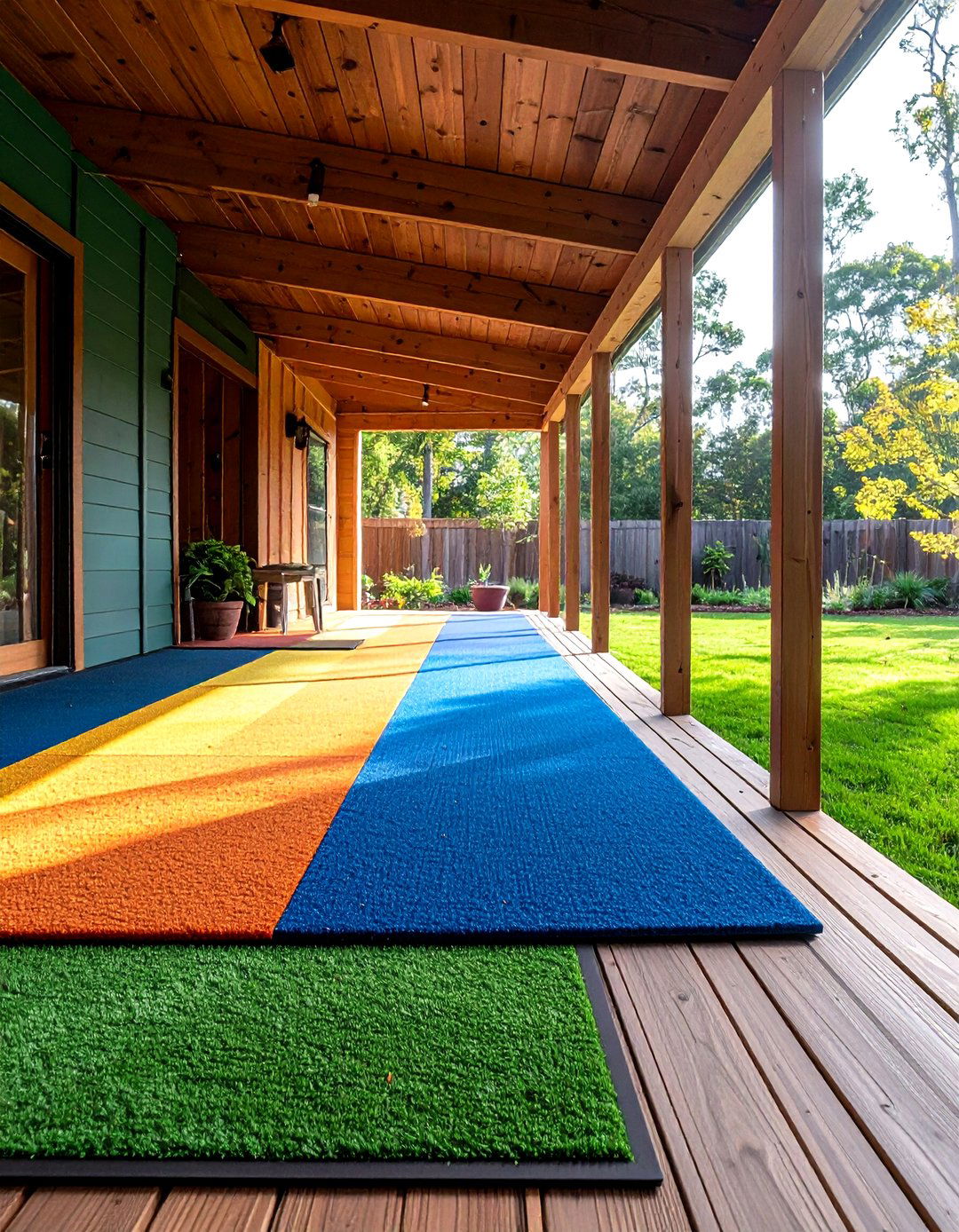
Rubber matting rolls offer continuous coverage for wide areas, ideal for multipurpose sheds and play sheds. The mat’s thickness protects underlying wood from heavy impacts and resists oil and water, while being simple to trim to fit non-standard shapes.
13. G-Floor® Shed Floor Cover

G-Floor® sheds feature proprietary waterproof, stain-resistant vinyl floor rolls designed for sheds. They withstand motor oil, battery acid, and mildew, cleaning easily with a cloth. G-Floor® installs like vinyl sheeting, providing a seamless, maintenance-free surface for high-traffic sheds.
14. IKEA RUNNEN Decking Tiles
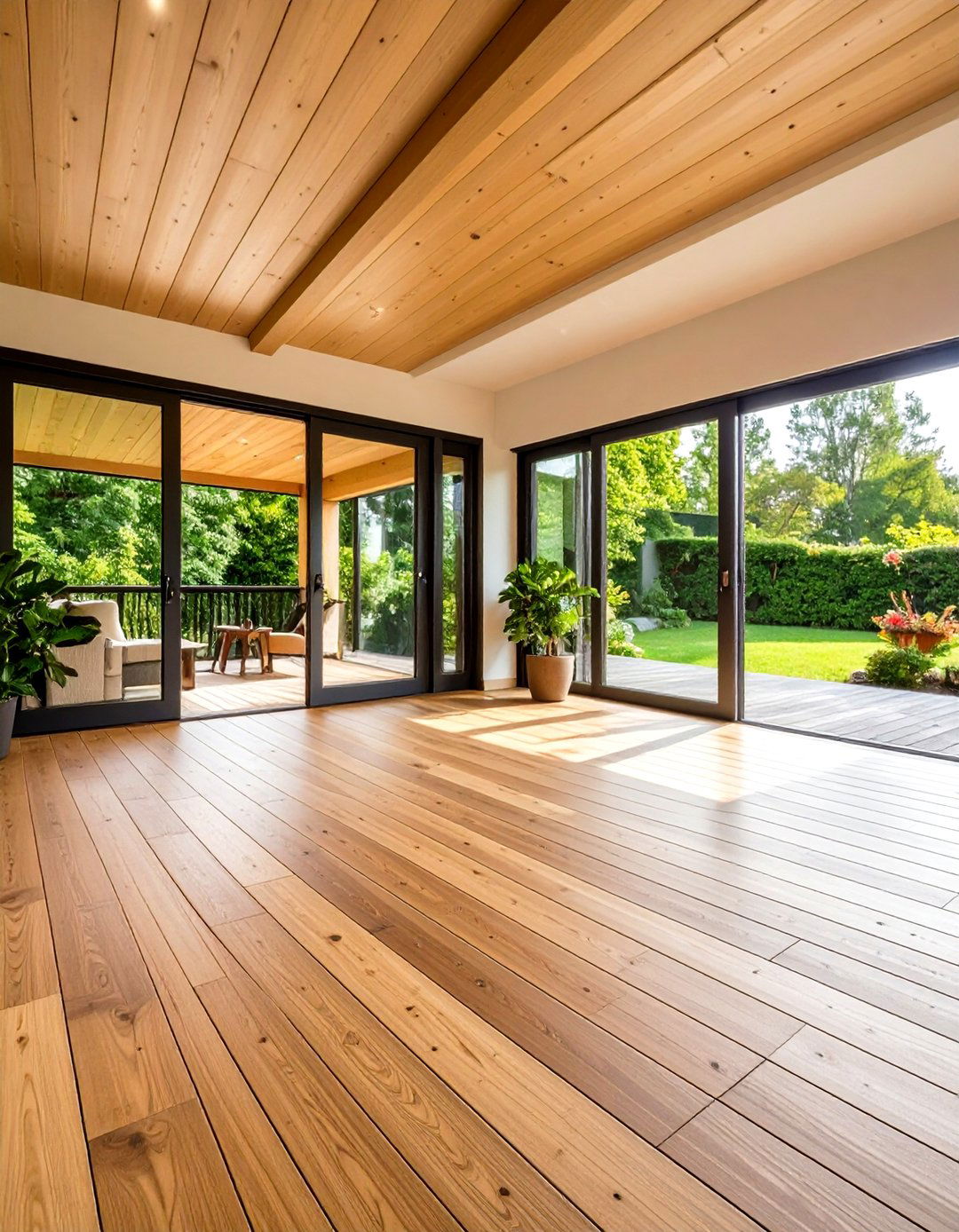
IKEA’s RUNNEN wooden decking tiles click together over a flat shed base, transforming floors into patio-style coverings. Available in acacia shades, they install in hours without tools. Though designed for patios, they perform well indoors, offering a stylish mid-tone wood finish.
15. Gravel Floor
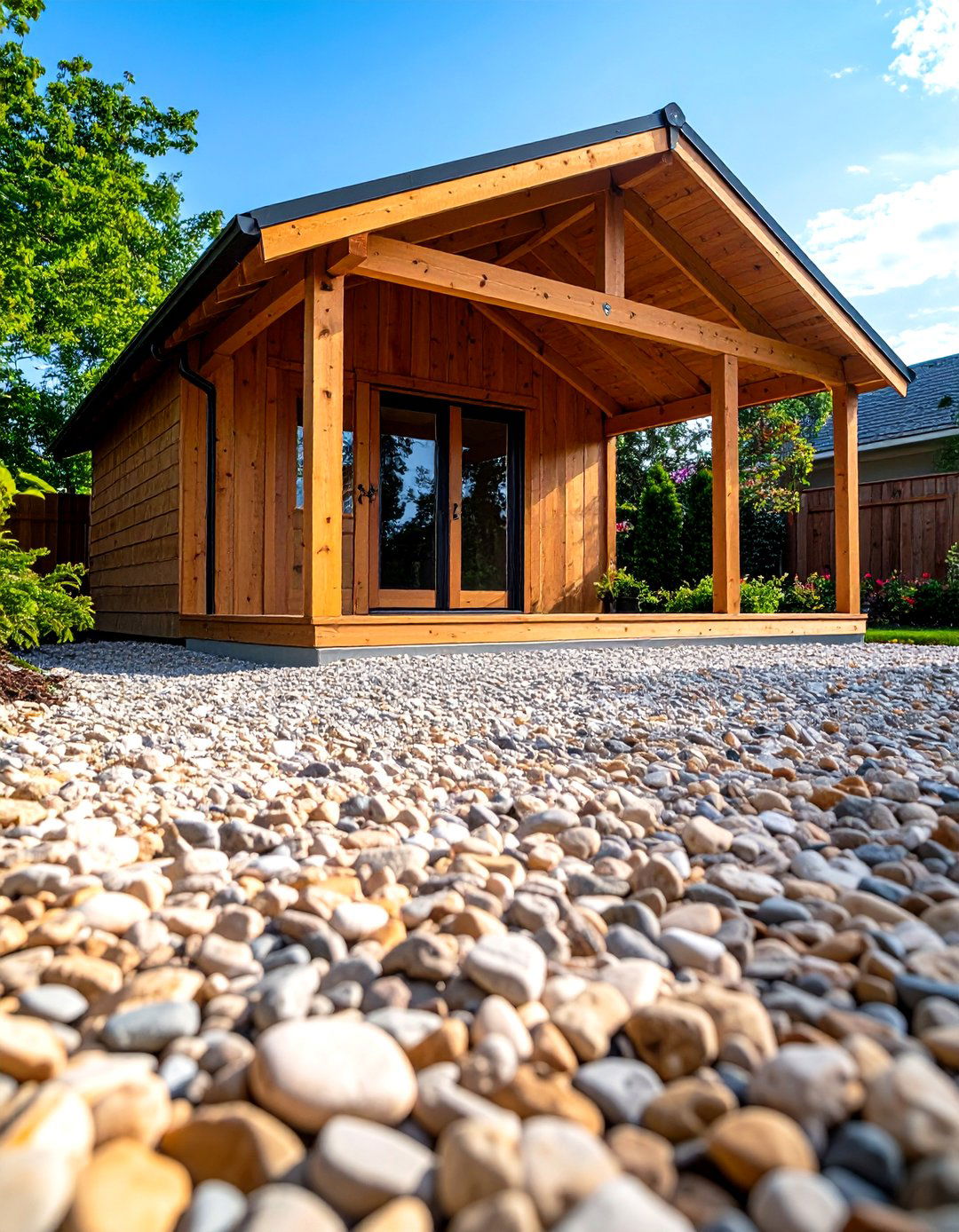
A gravel pad offers superior drainage and eco-friendly cost savings, using ¾″ clean crushed stone compacted to 4–6″ depth. Gravel foundations prevent moisture buildup, are easily refreshed, and can be anchored with concrete blocks or pillars for stability.
16. Pallet Wood Flooring
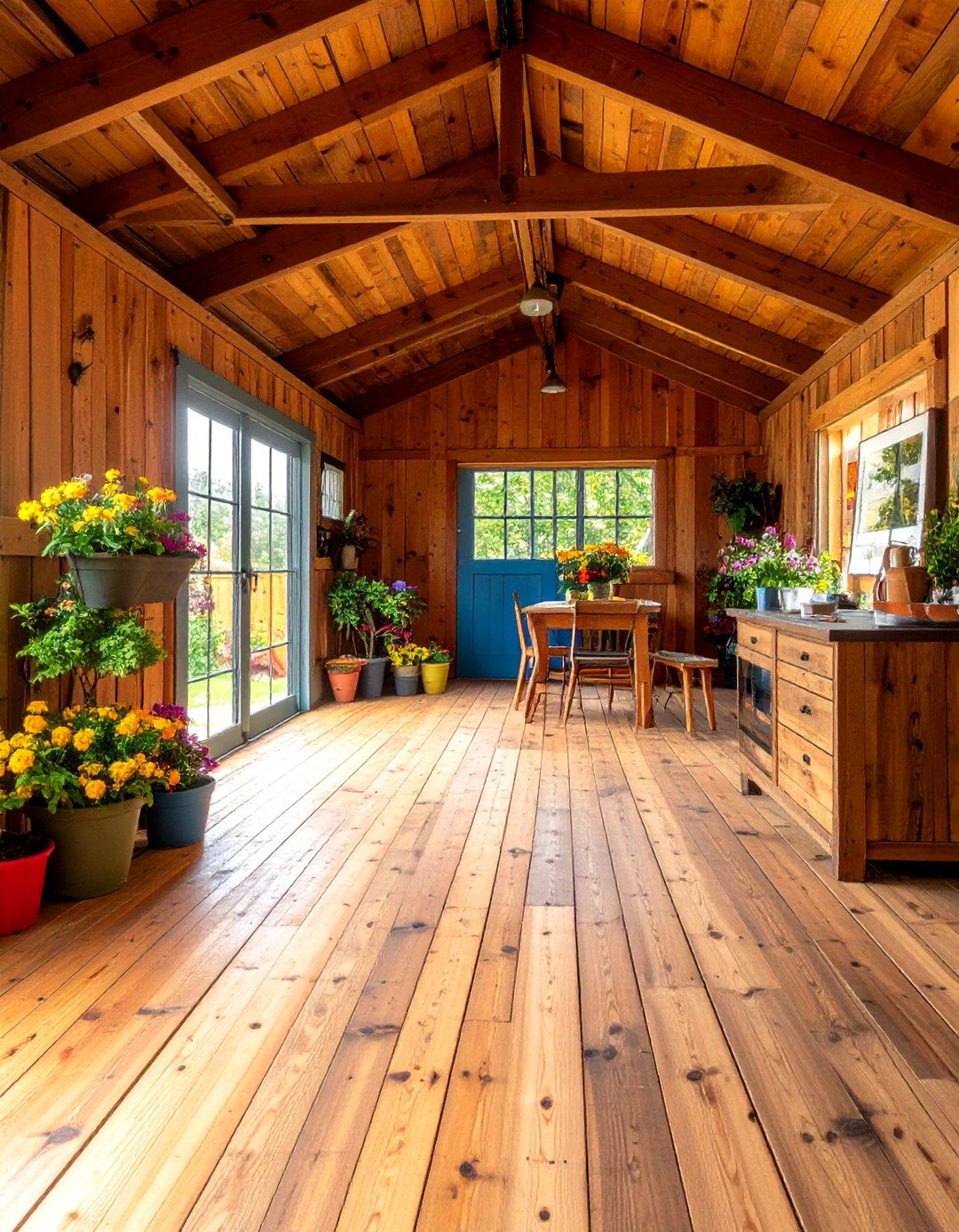
Reclaimed pallet wood boards produce a rustic floor with minimal cost. Sand and seal pallets for a smooth, moisture-resistant surface. Though labor-intensive to prepare, pallet wood adds charm to she-sheds and garden studios on a budget.
17. Recycled Plastic Shed Tiles
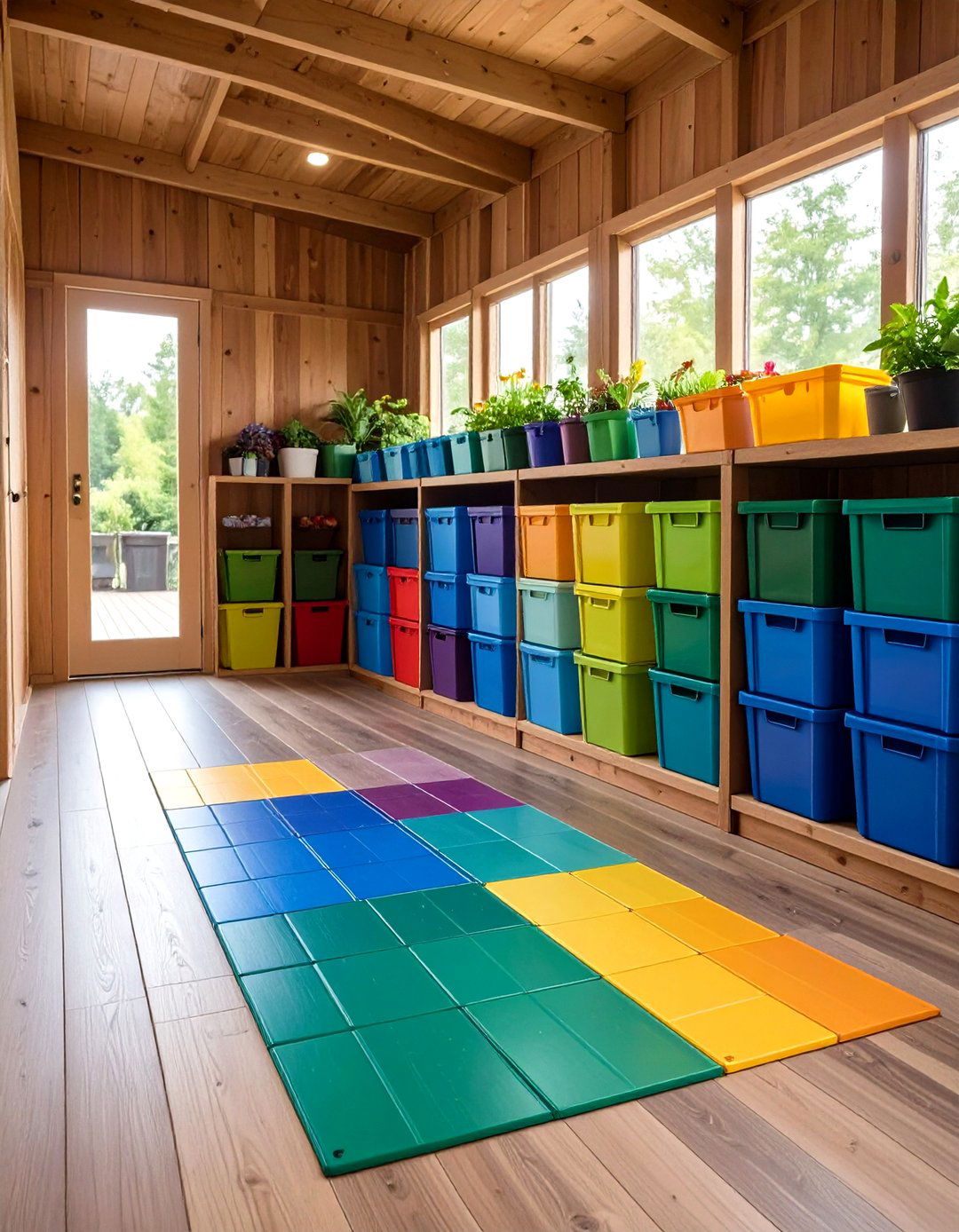
Made from reclaimed plastics, interlocking recycled plastic tiles resist rot, insects, and moisture. They resemble wood or stone, require no sealing, and float over existing bases, making installation fast and eco-conscious.
18. Raised Wooden Platform (Skids)
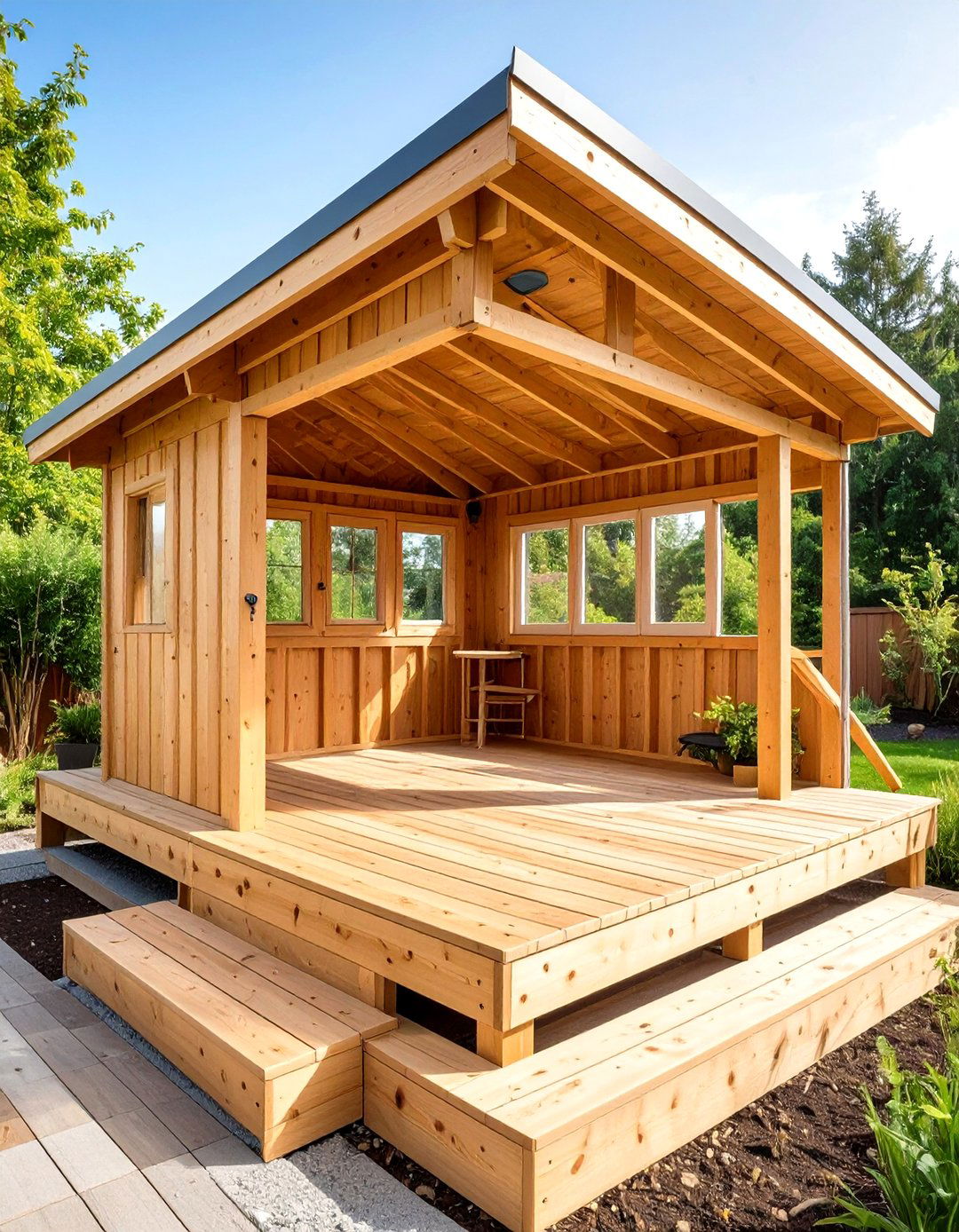
Construct a skid-mounted wooden platform using pressure-treated stringers and deck boards to elevate the shed floor above ground moisture. This ventilated design prolongs floor life and simplifies relocation when mounted on skids.
19. Bamboo Flooring
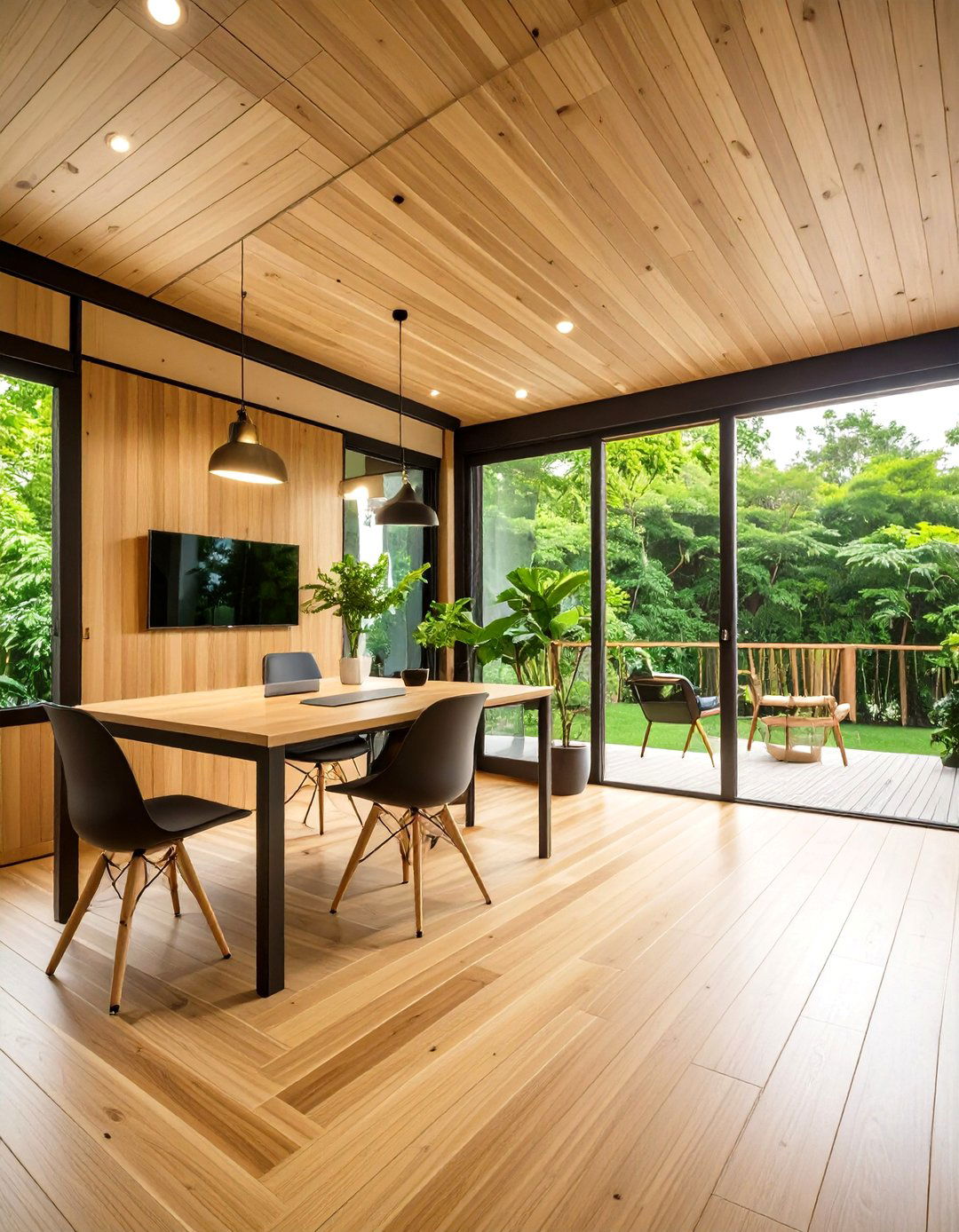
Bamboo planks offer a sustainable, hardwood-like option that installs like traditional flooring. Engineered bamboo is water-resistant when sealed, bringing a clean, modern aesthetic to shed offices or studios.
20. Linoleum Sheet Flooring
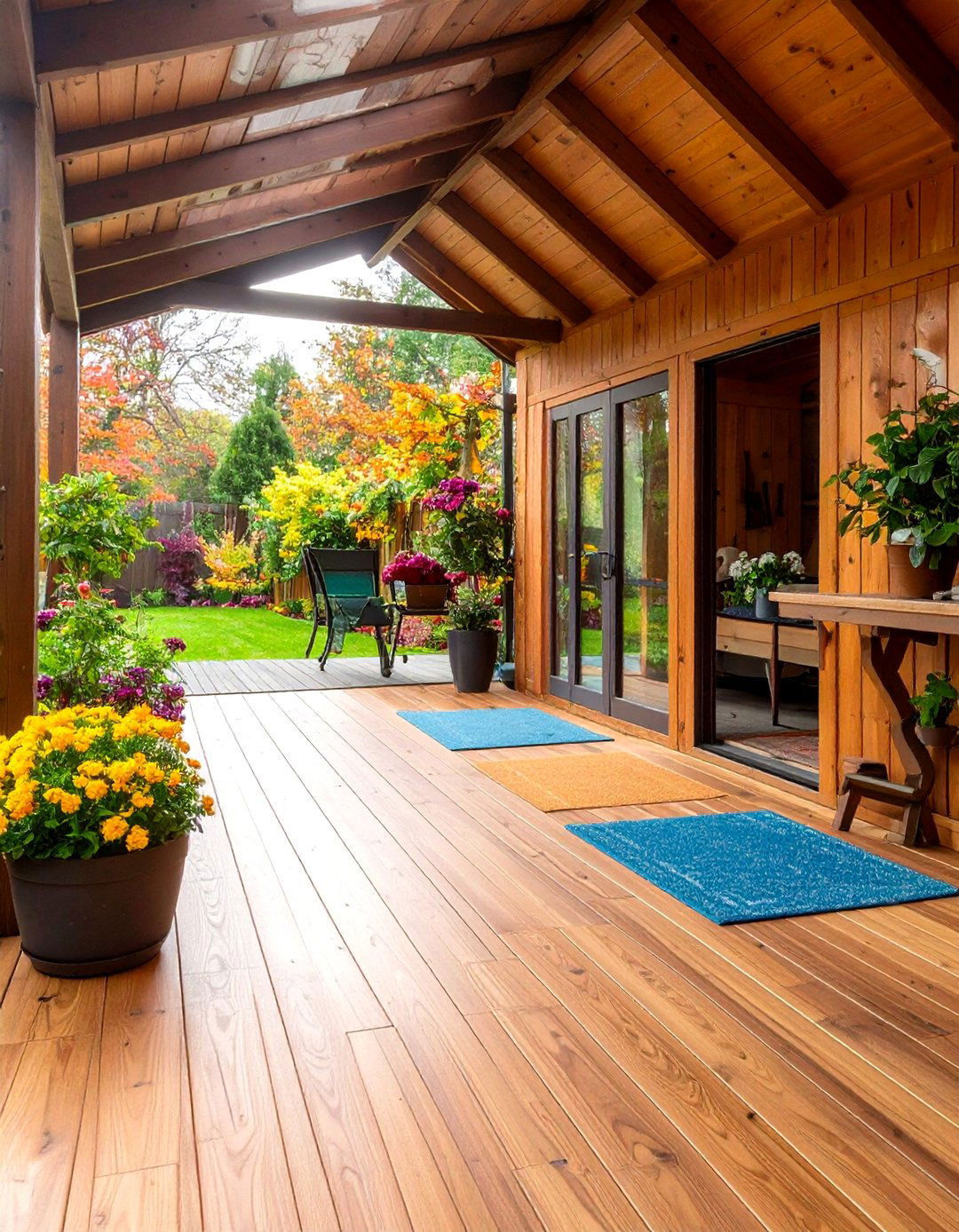
Linoleum rolls provide a resilient, easy-clean surface available in myriad colors and patterns. Natural linoleum resists mold and bacteria, making it ideal for potting sheds and utility rooms; installation over plywood requires adhesive and seam sealing.
Conclusion:
Choosing the right shed floor depends on intended use, climate, and budget. Foundational options span from traditional plywood and OSB to gravel and concrete, each offering specific benefits in strength, cost, and moisture management. Finished flooring ranges from utilitarian rubber and epoxy to decorative vinyl, cork, and bamboo, allowing customization of comfort and style. By weighing factors like installation complexity, maintenance, and load capacity, you can select a shed floor solution that enhances functionality and longevity.


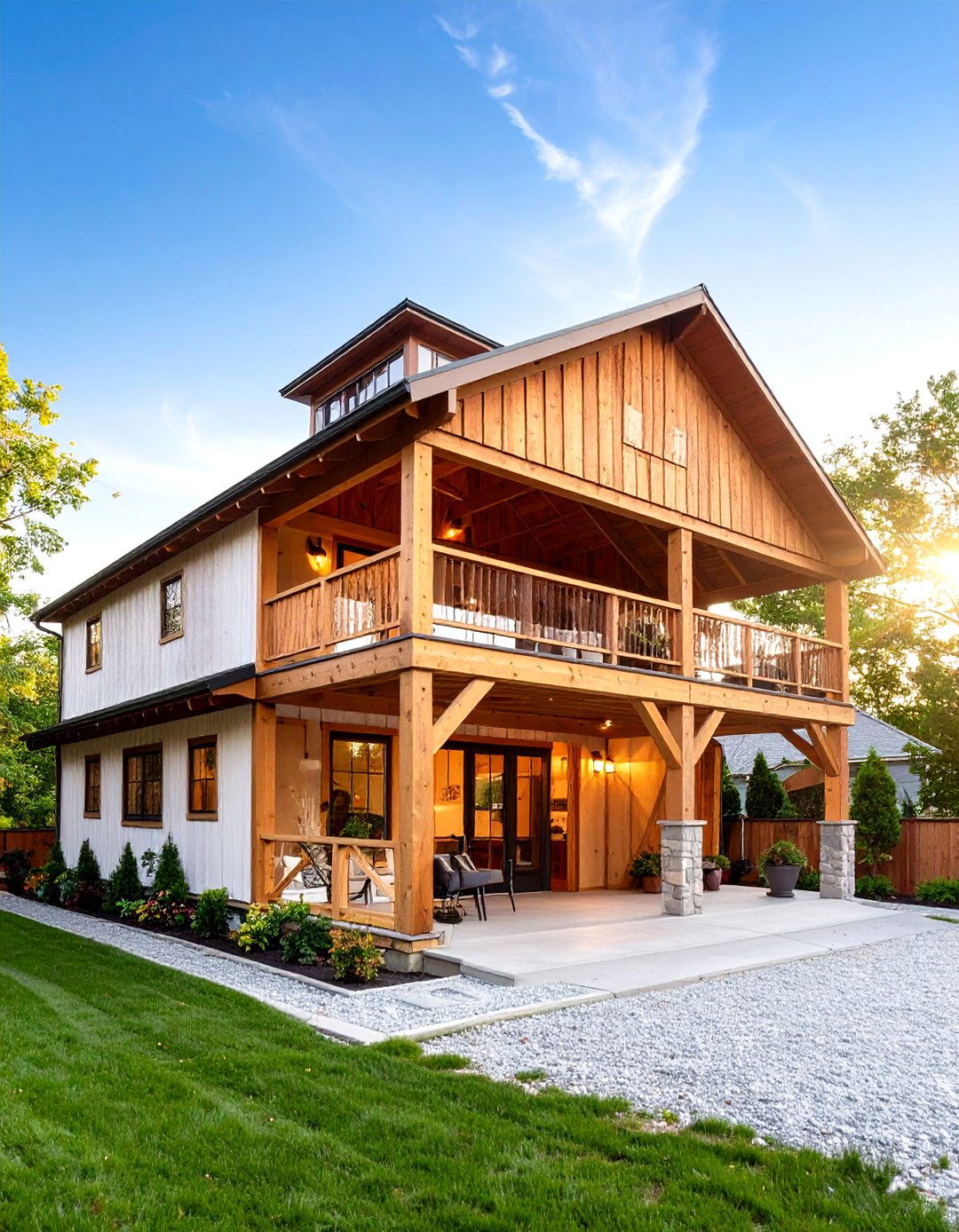
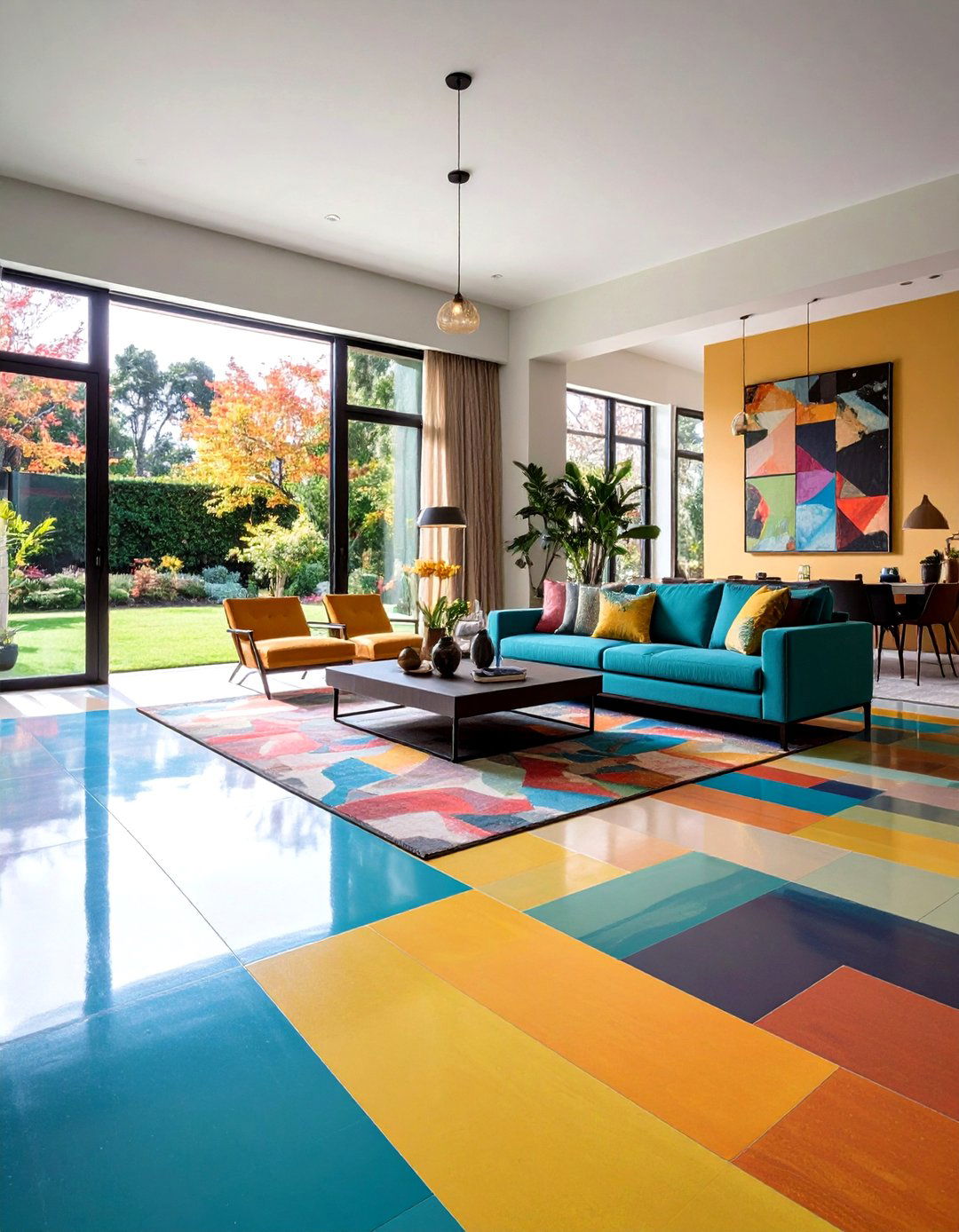

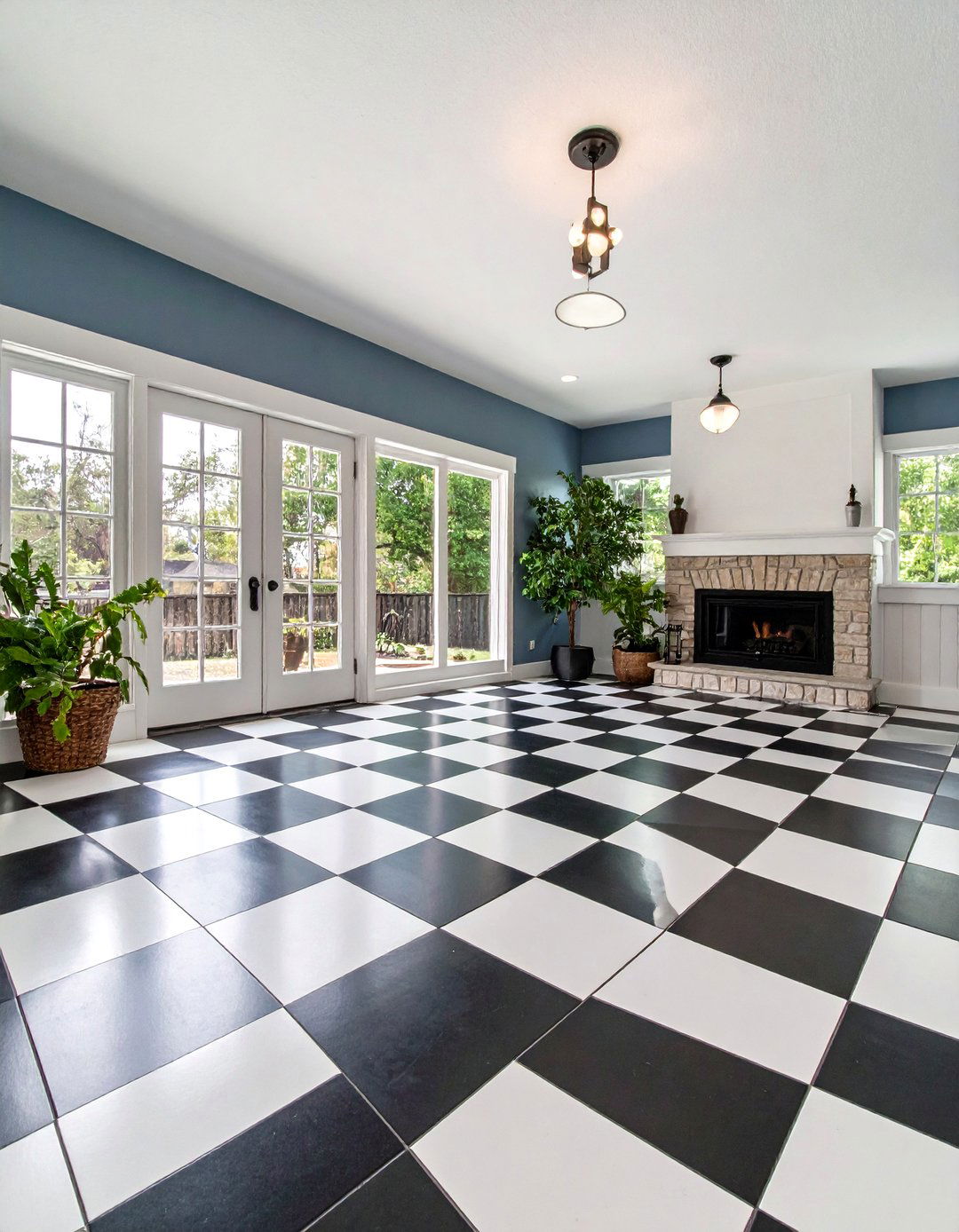
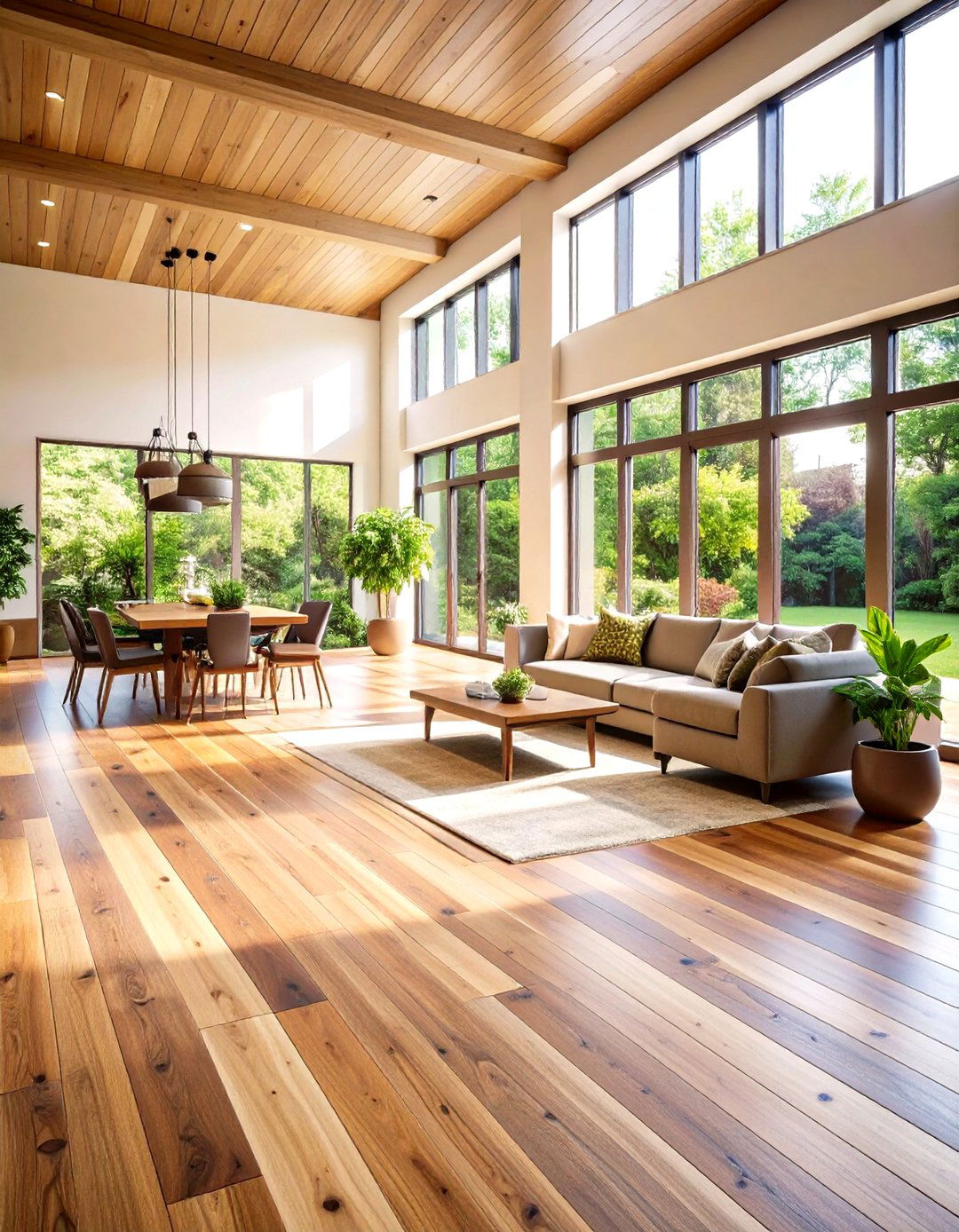
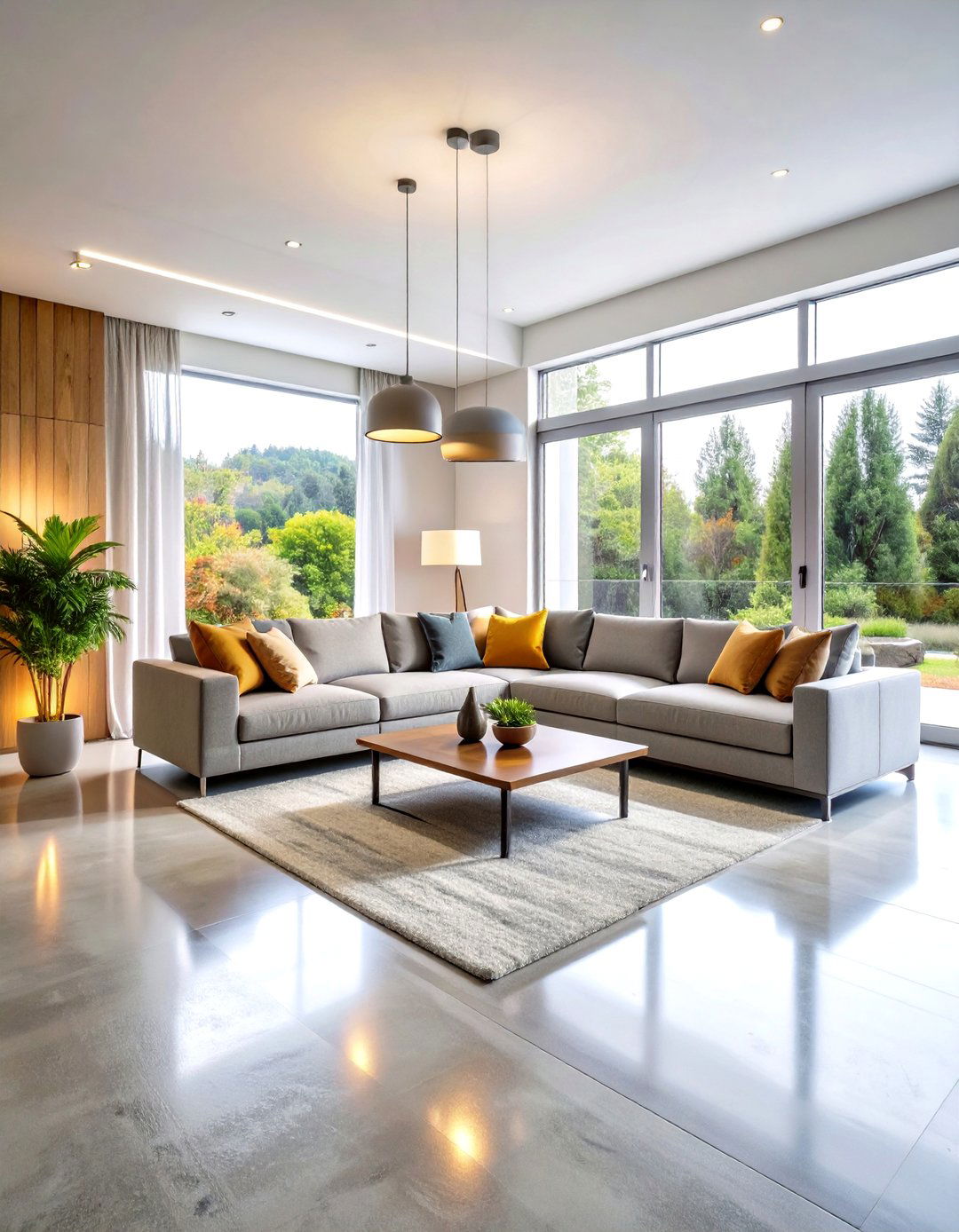
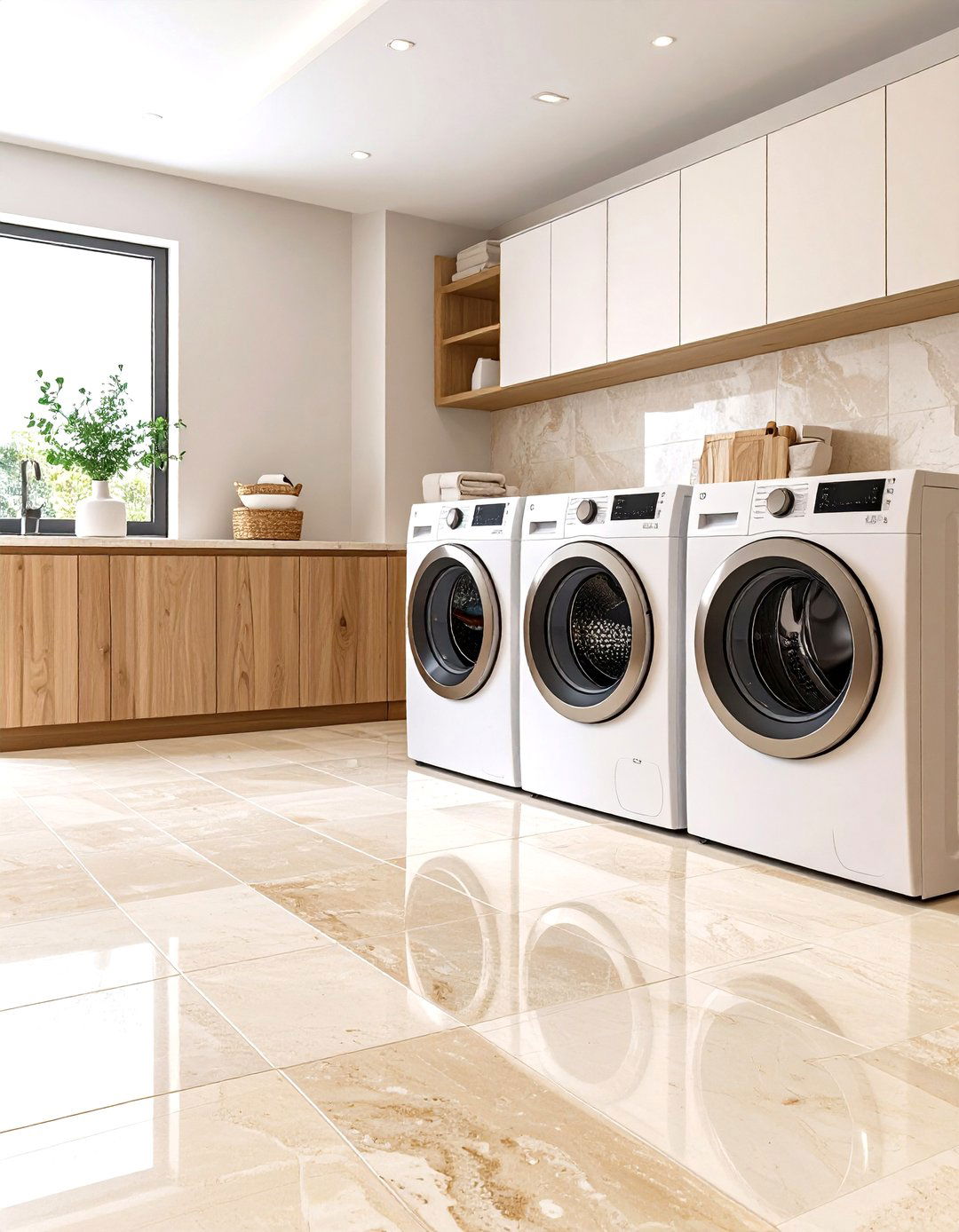
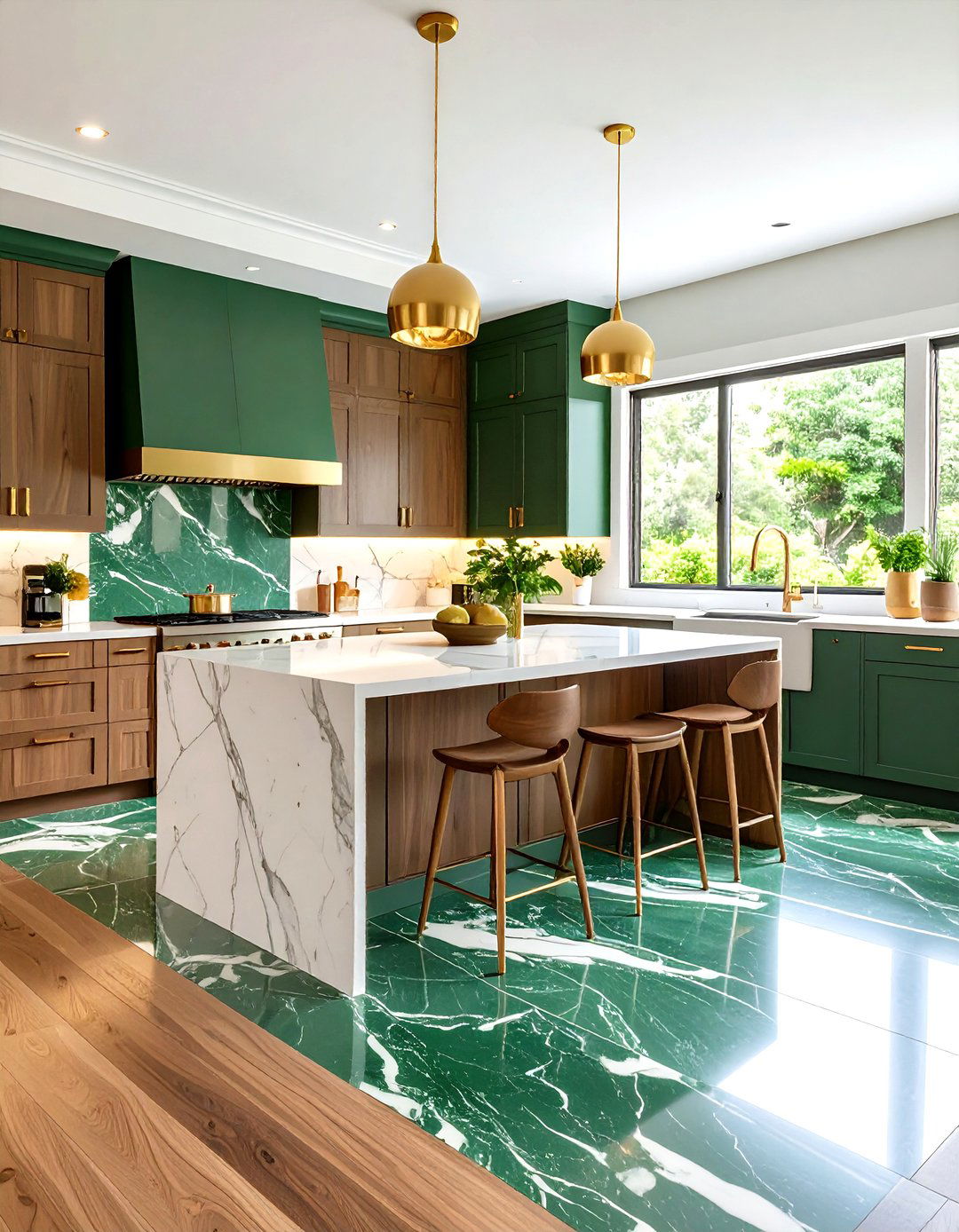
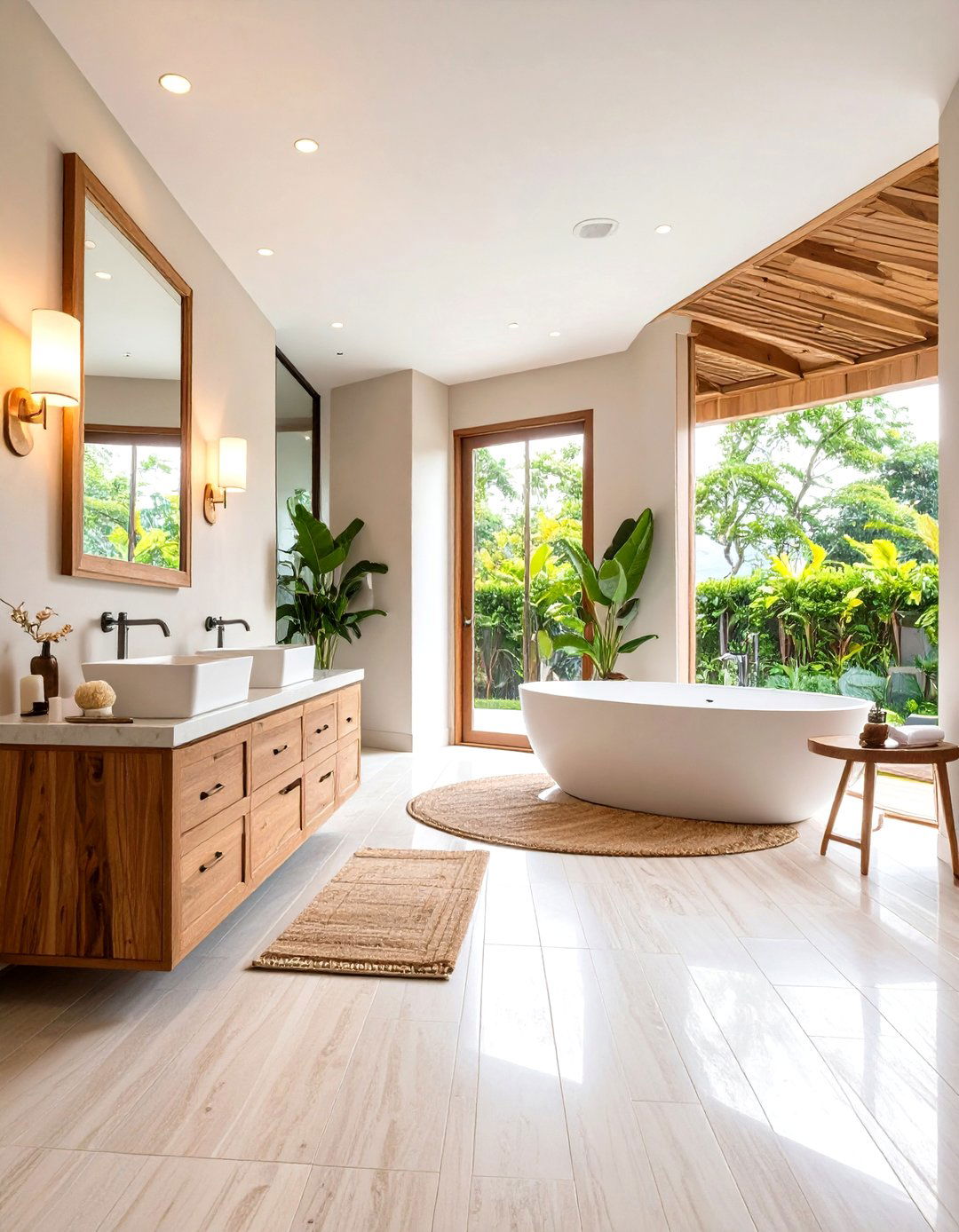
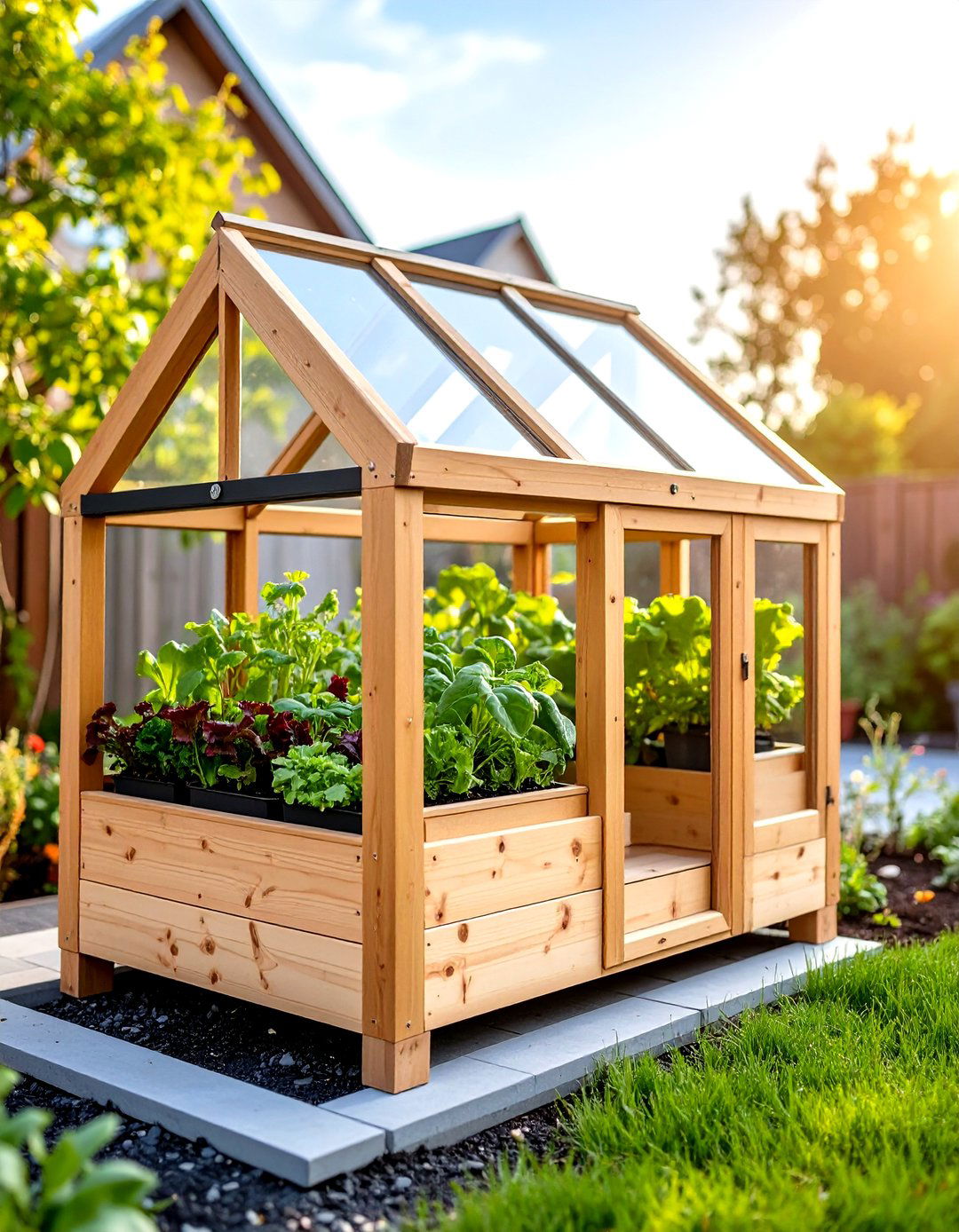
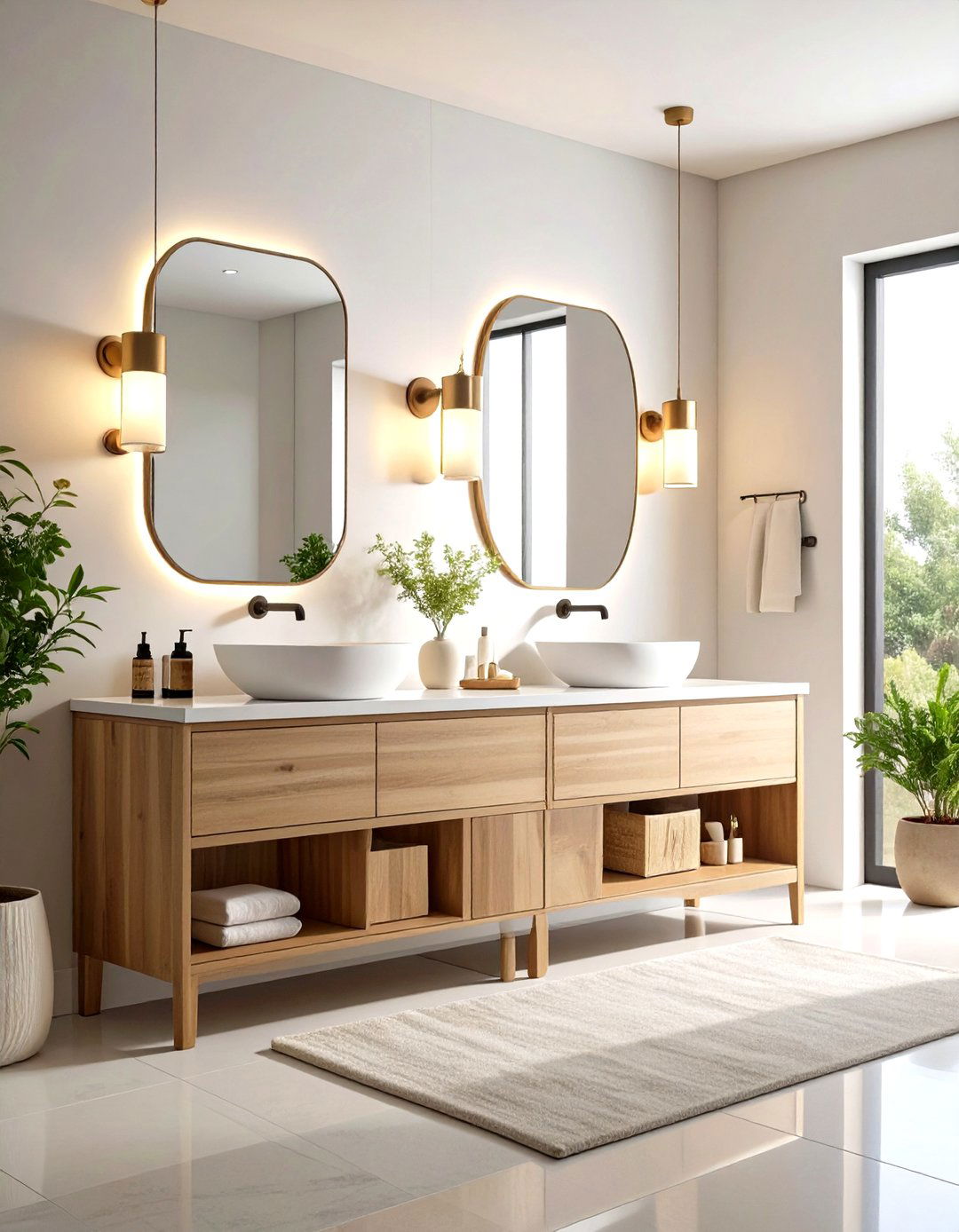
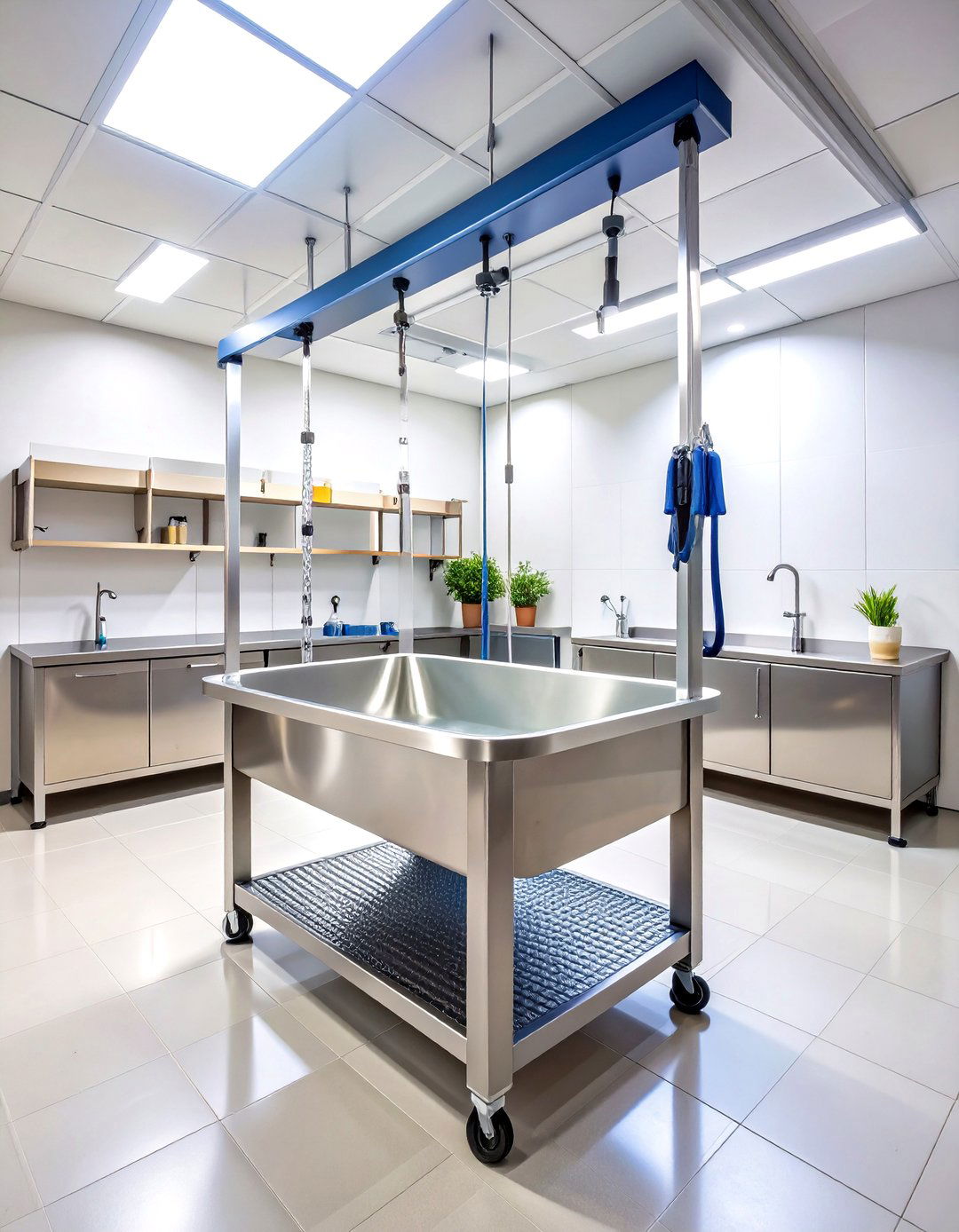
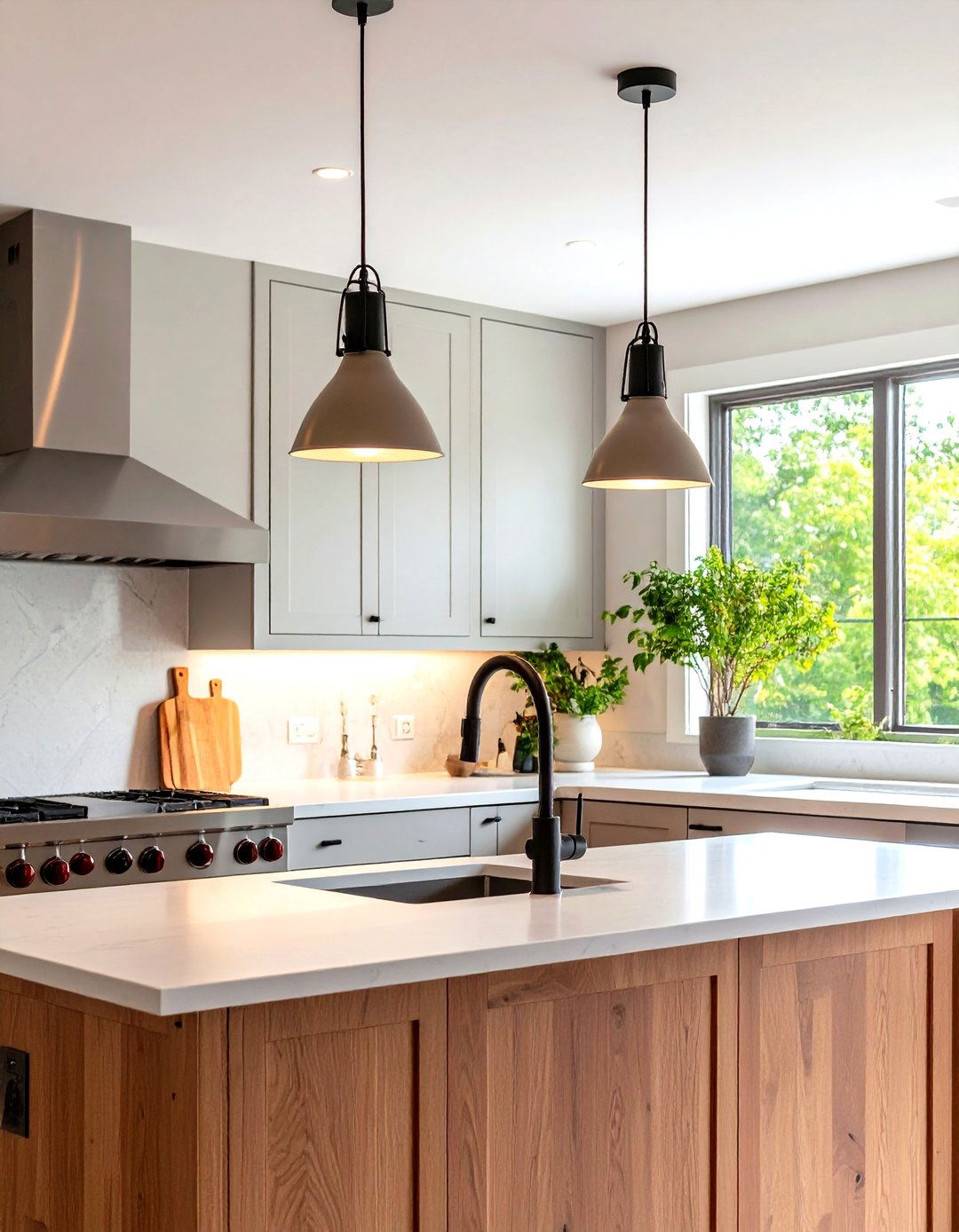
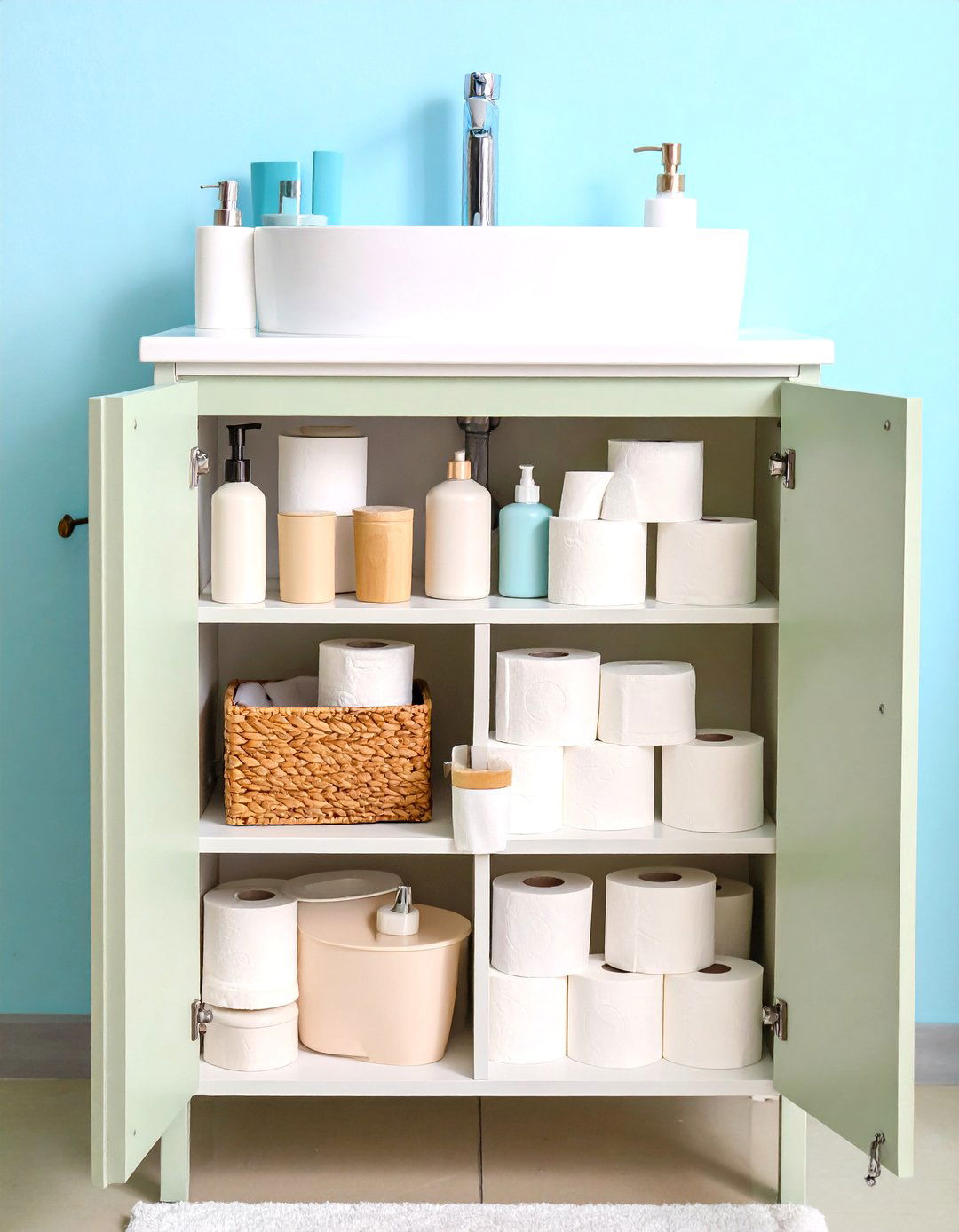
Leave a Reply